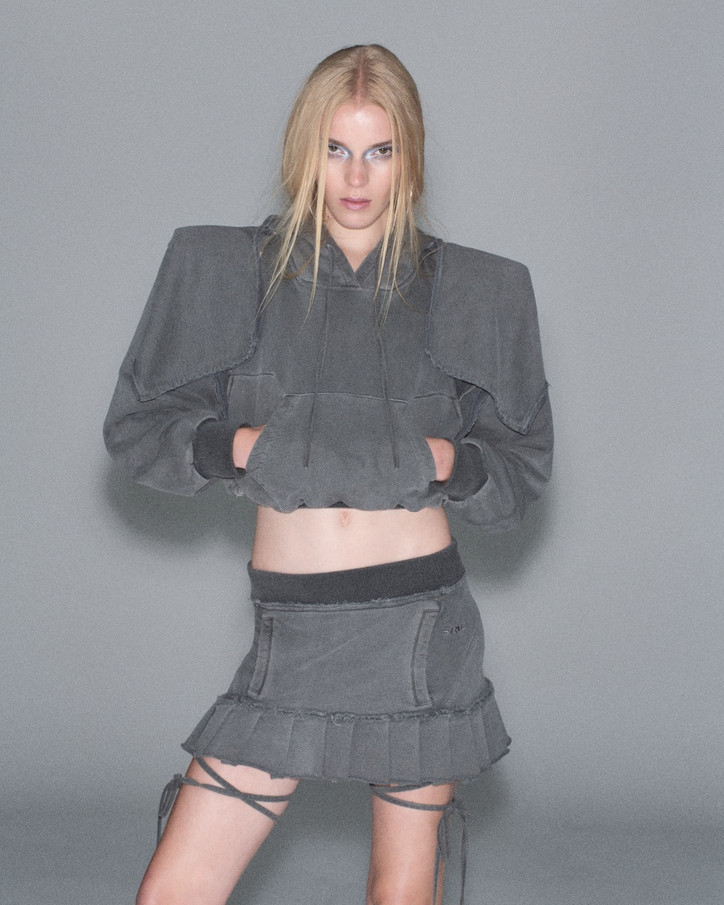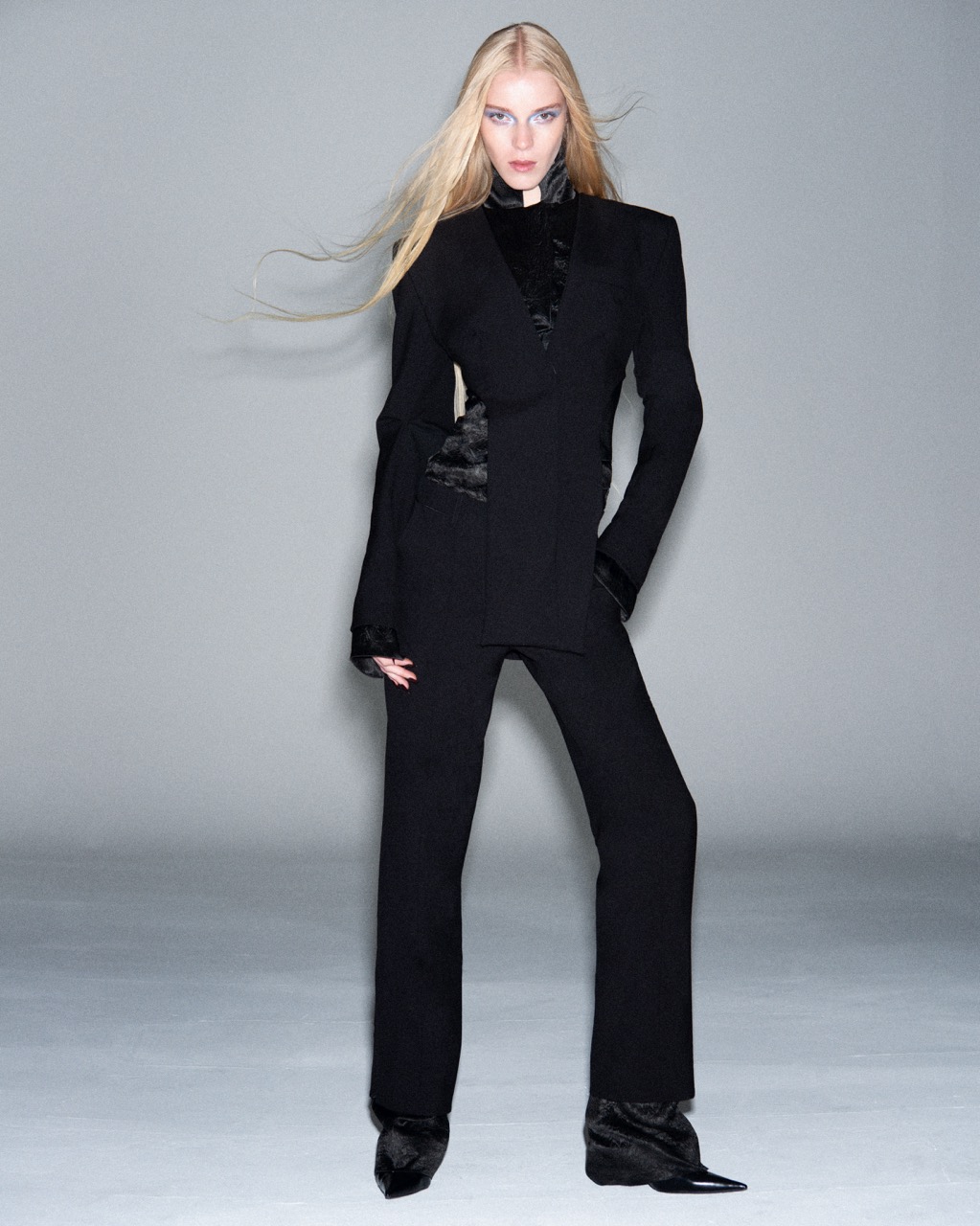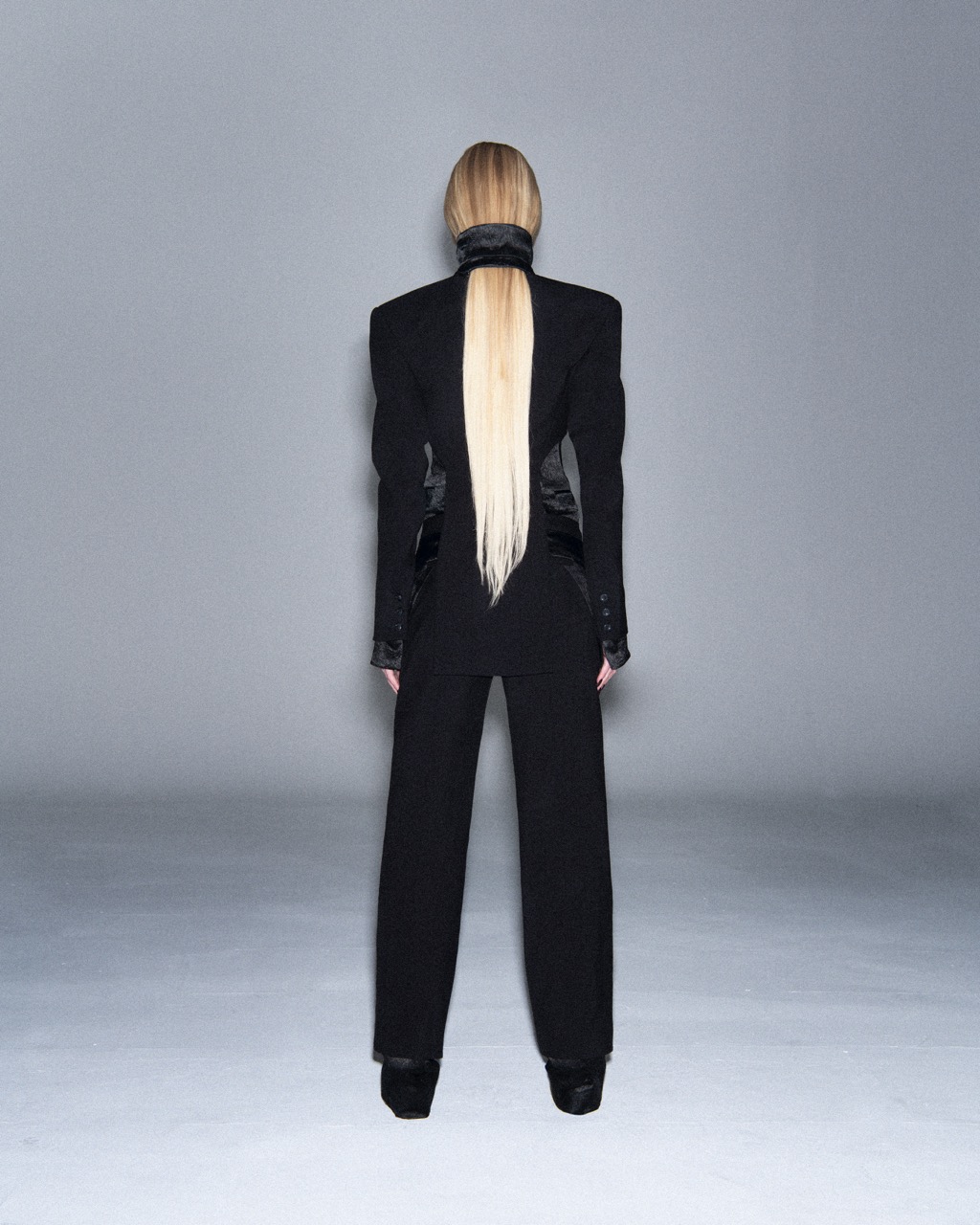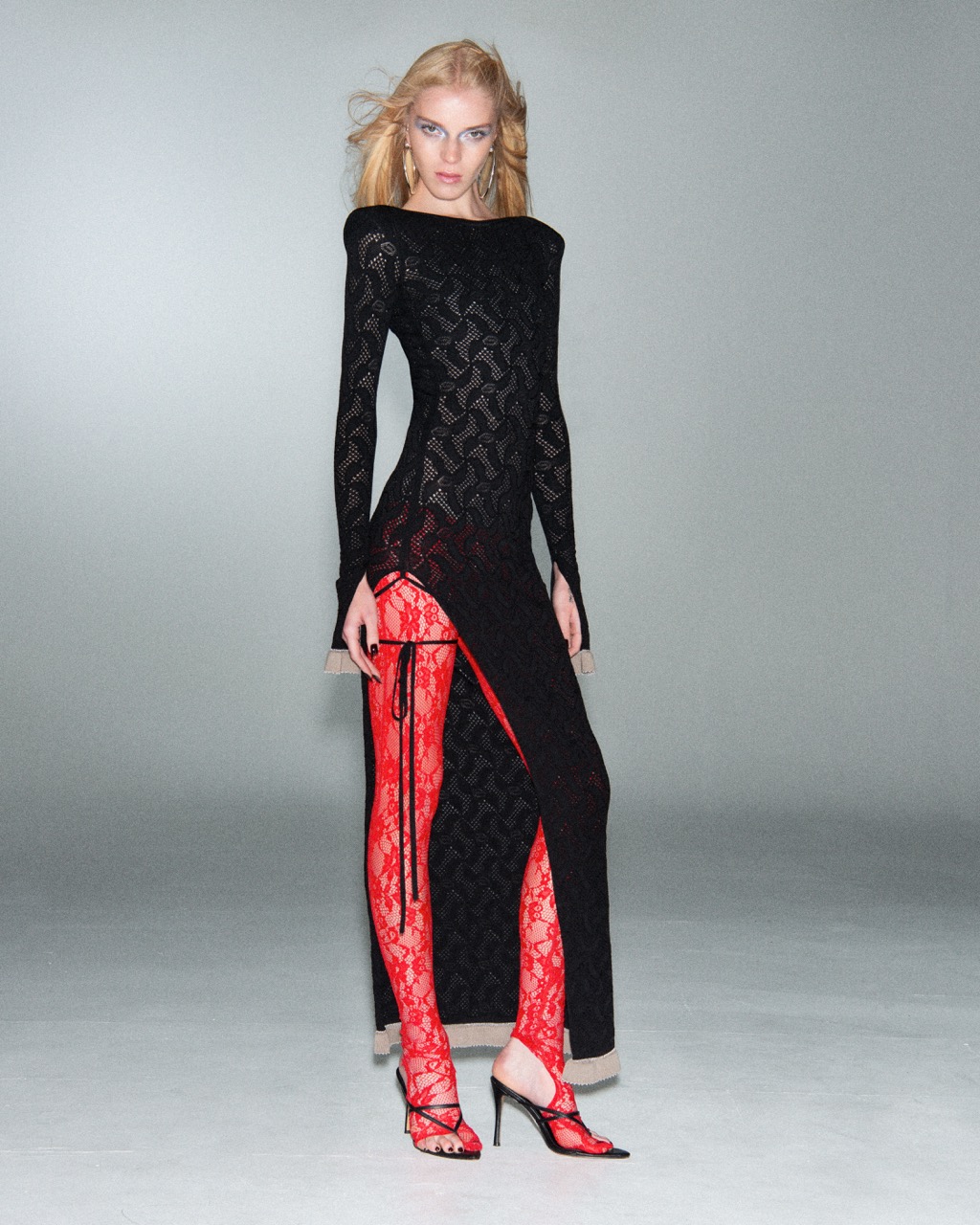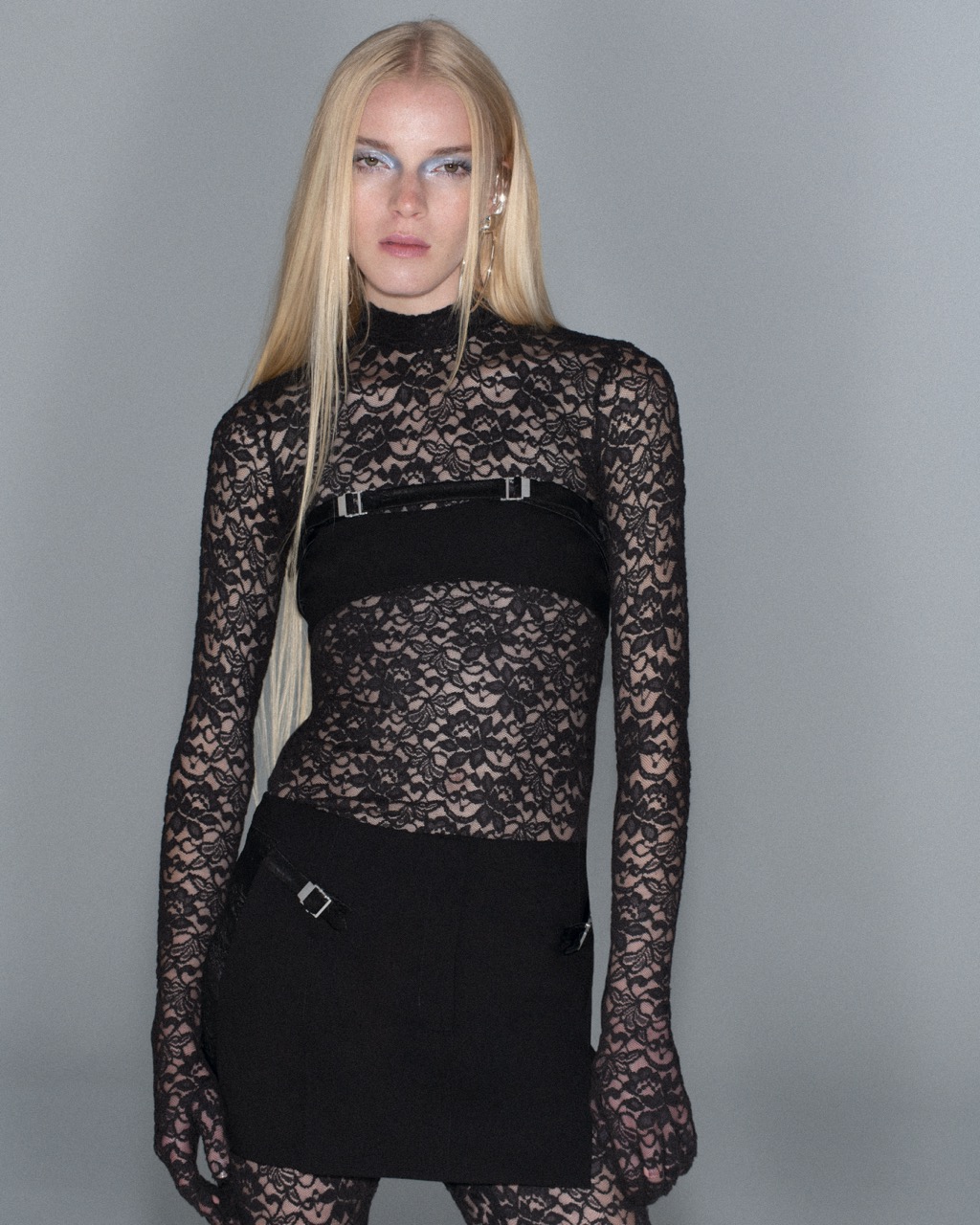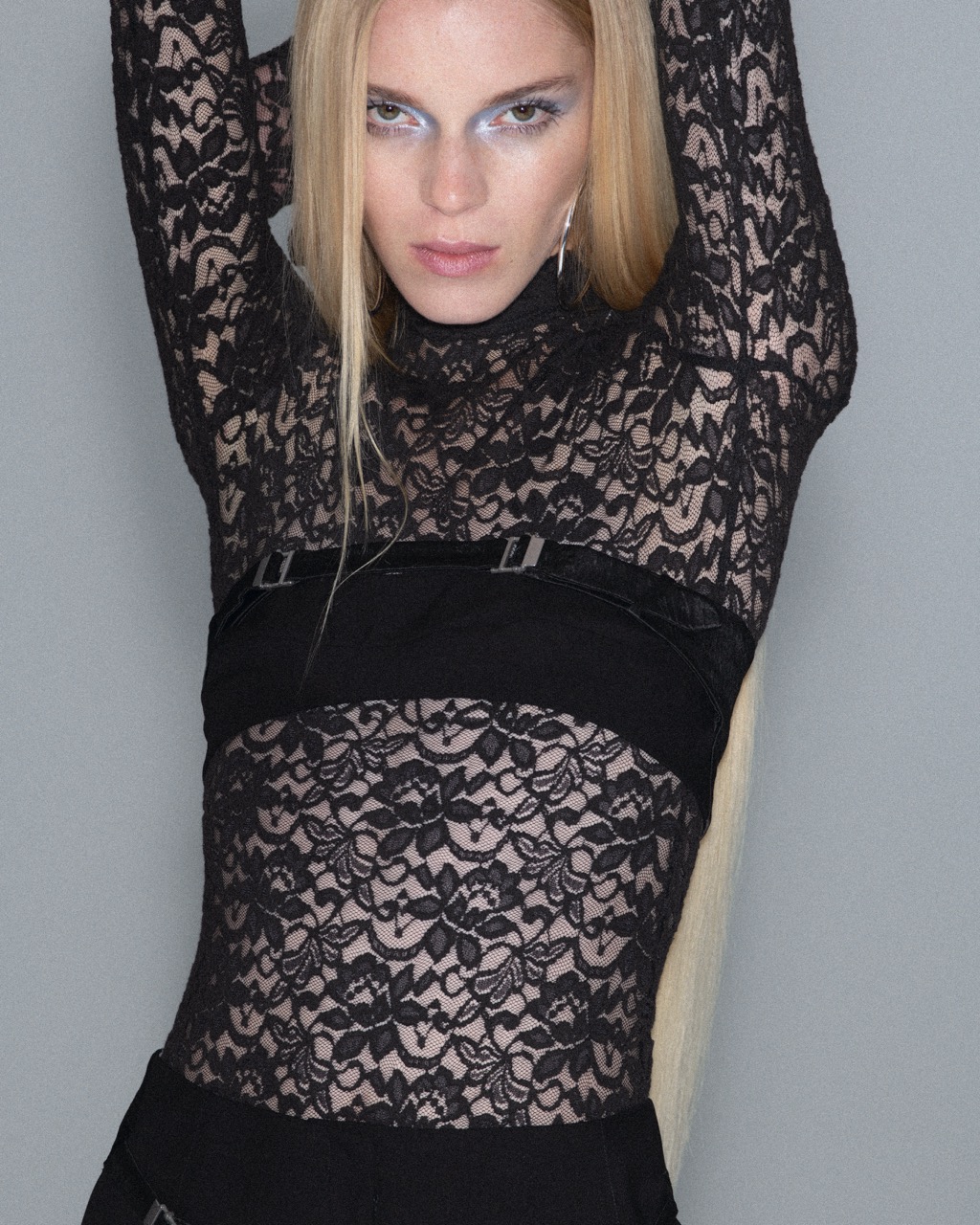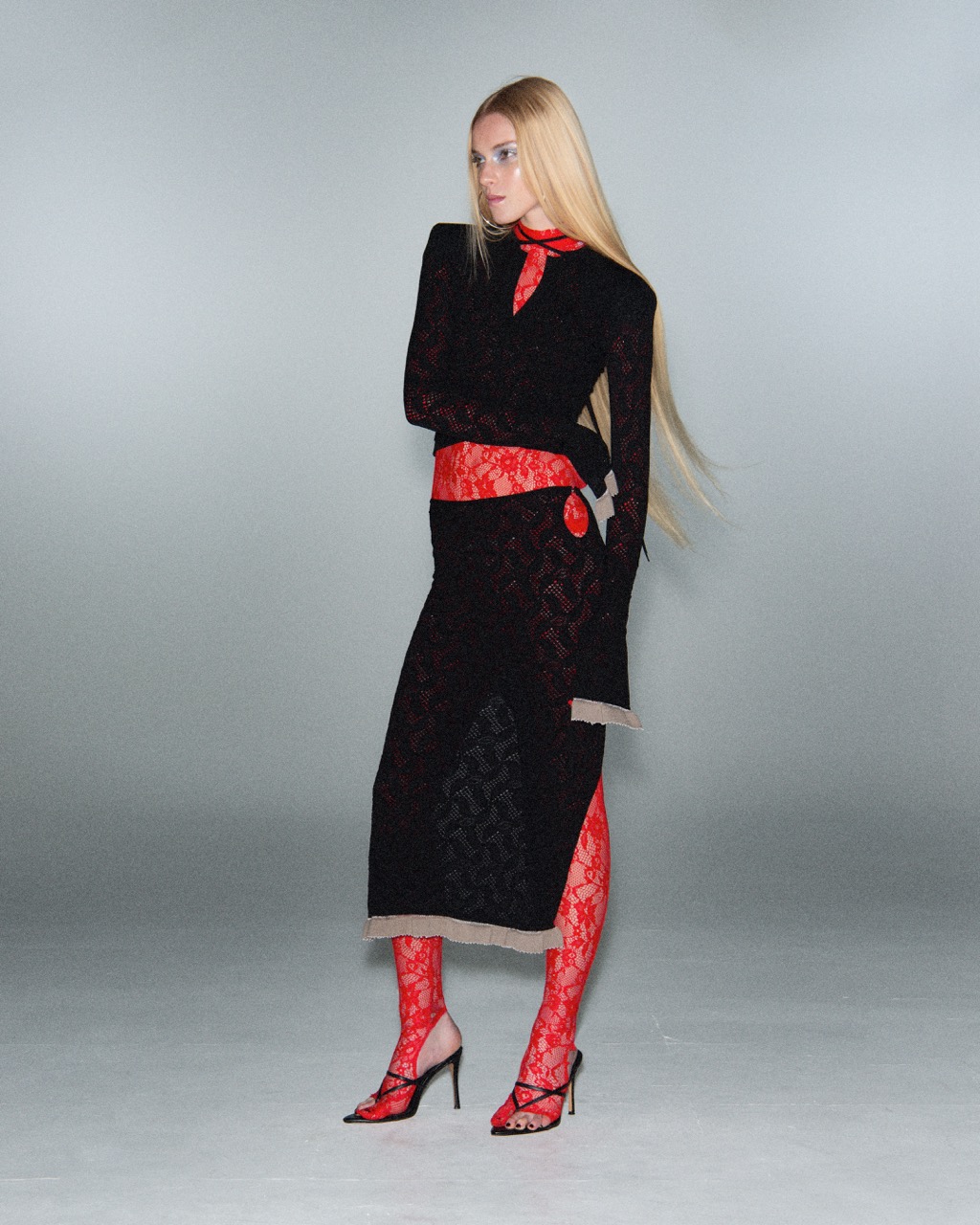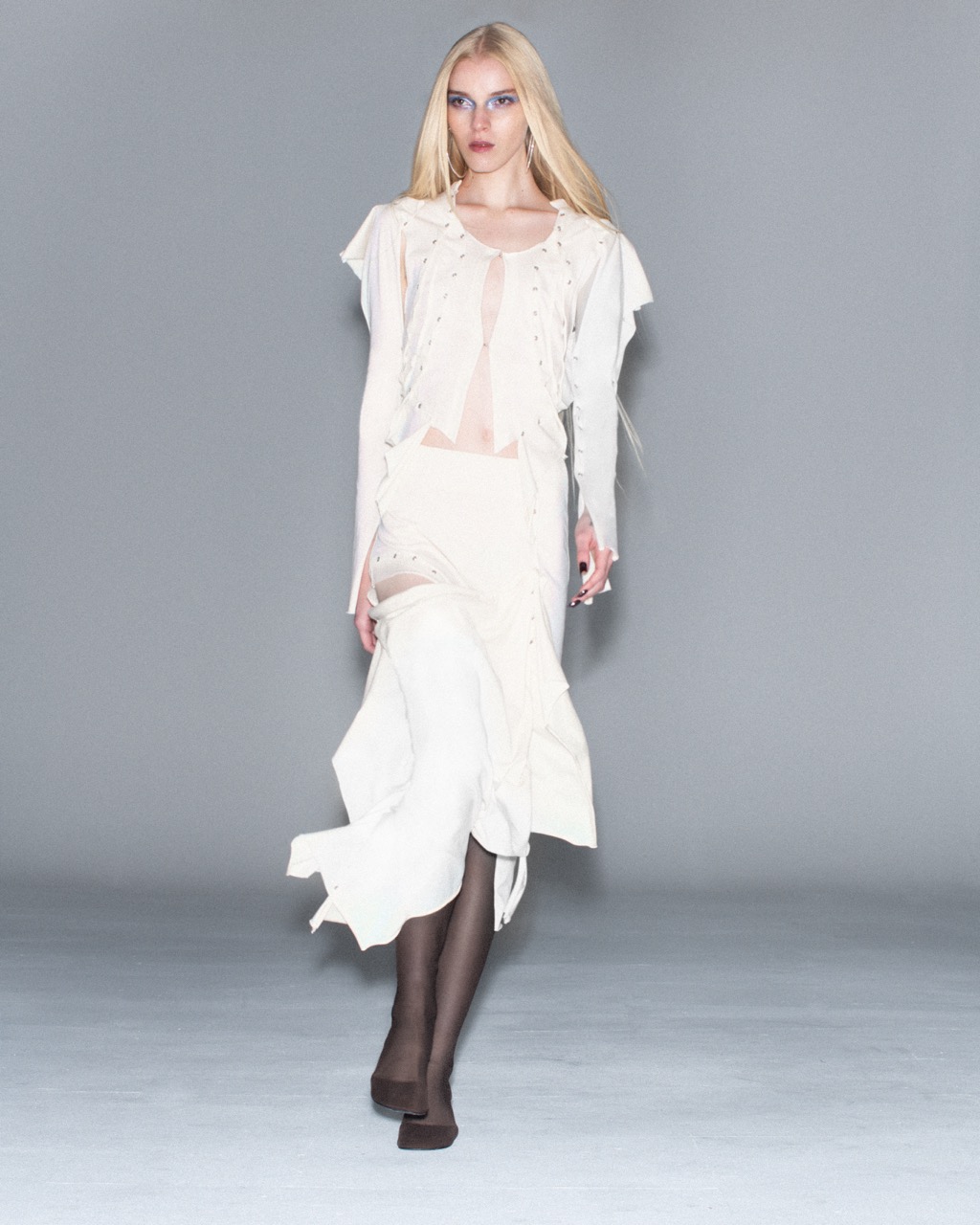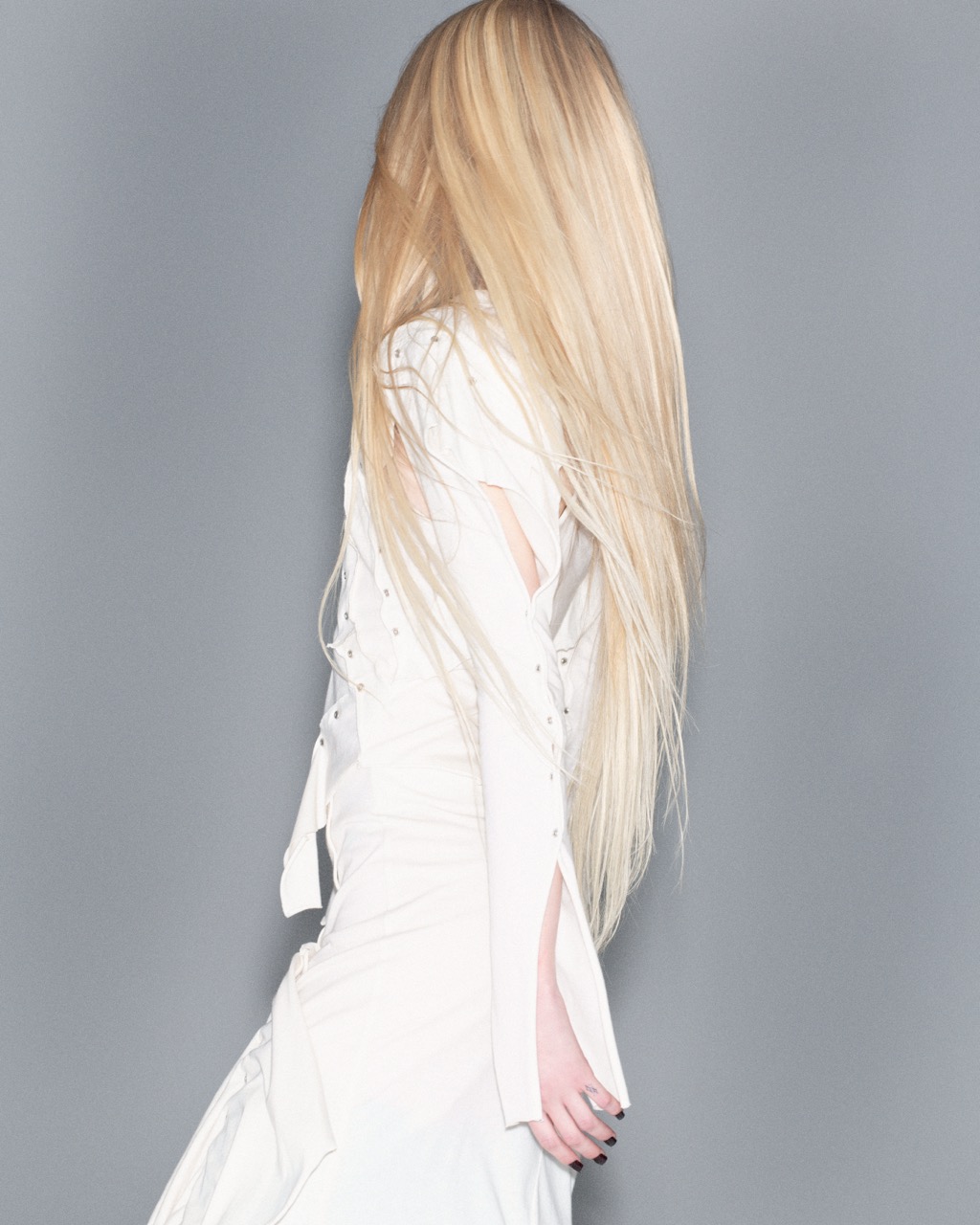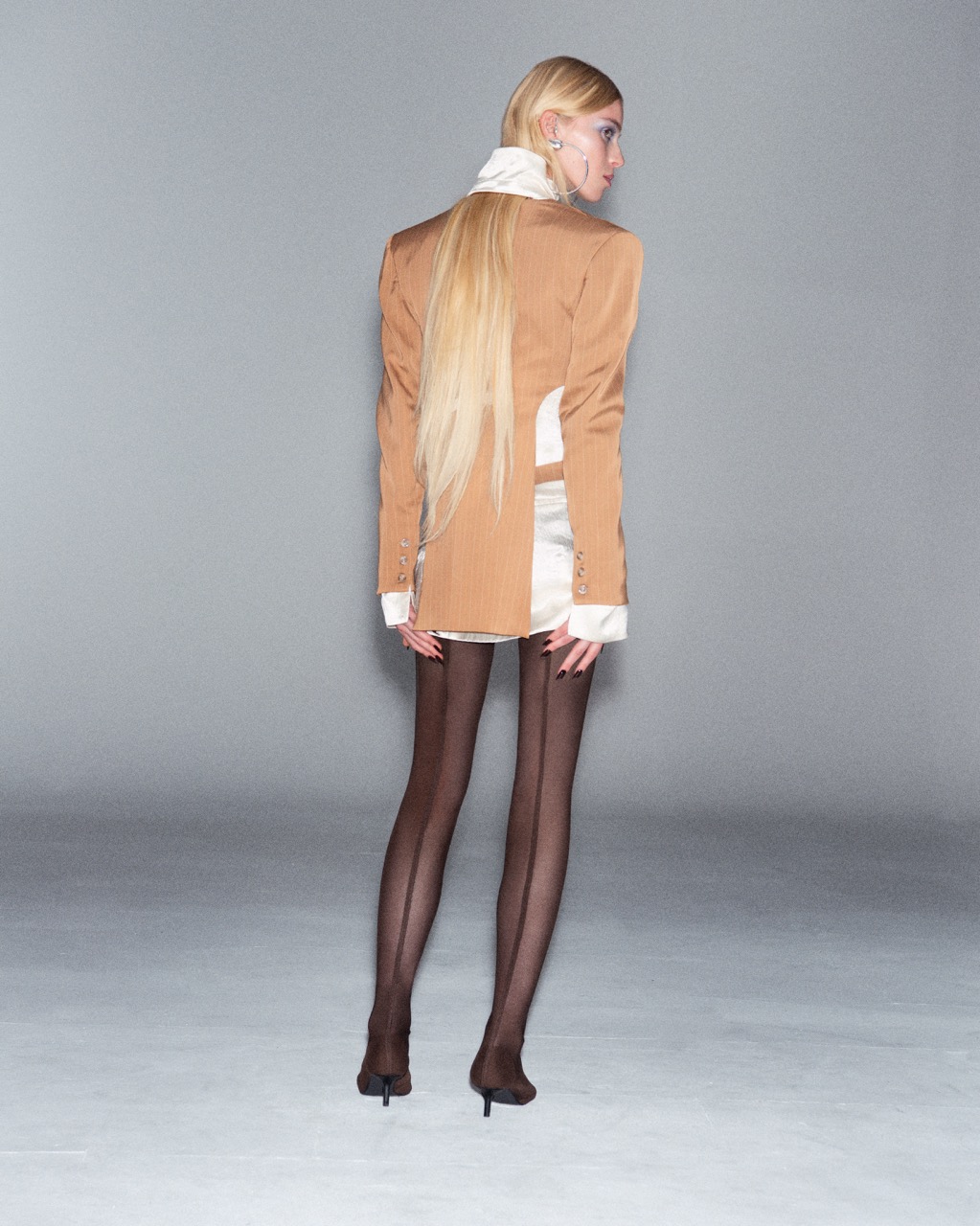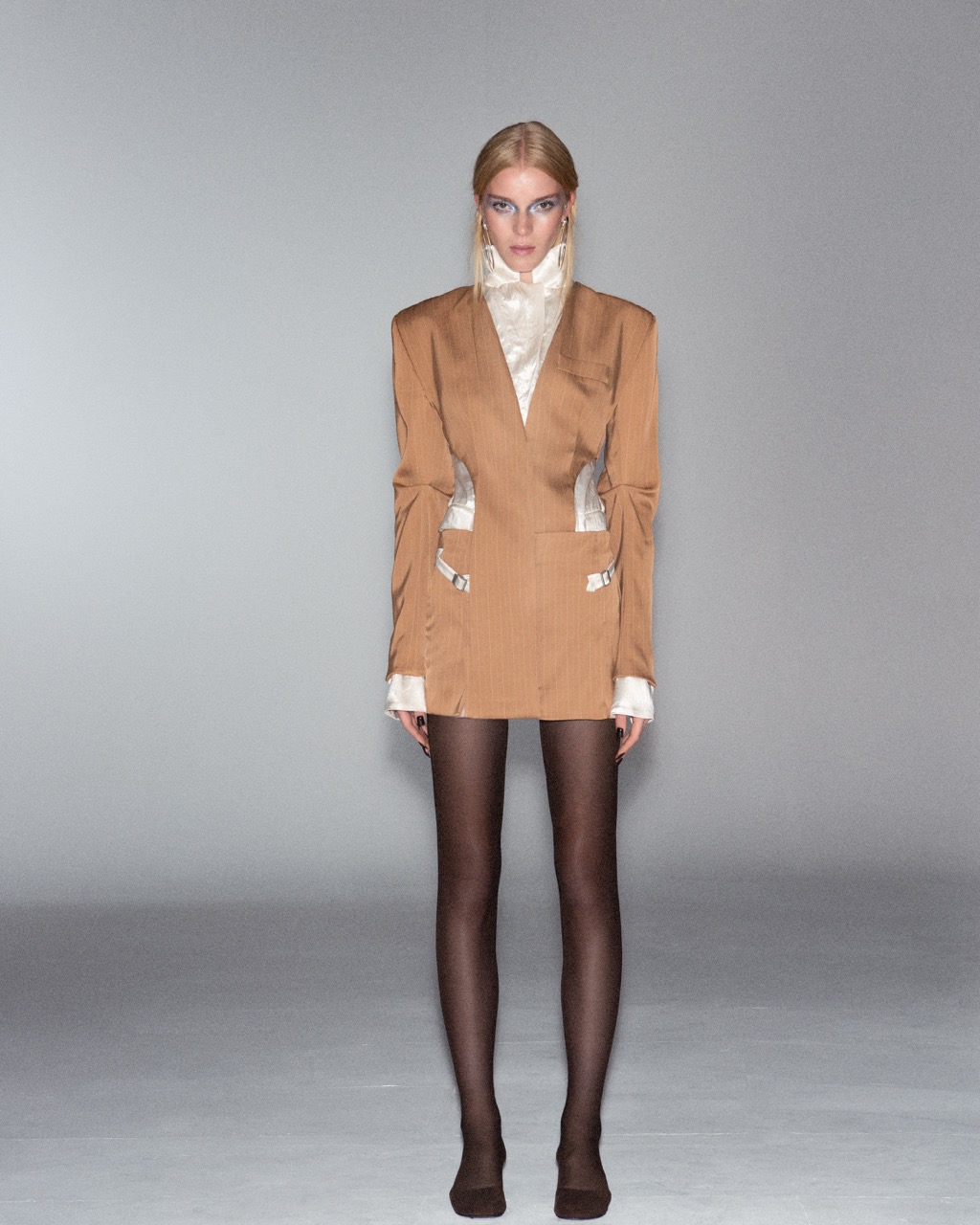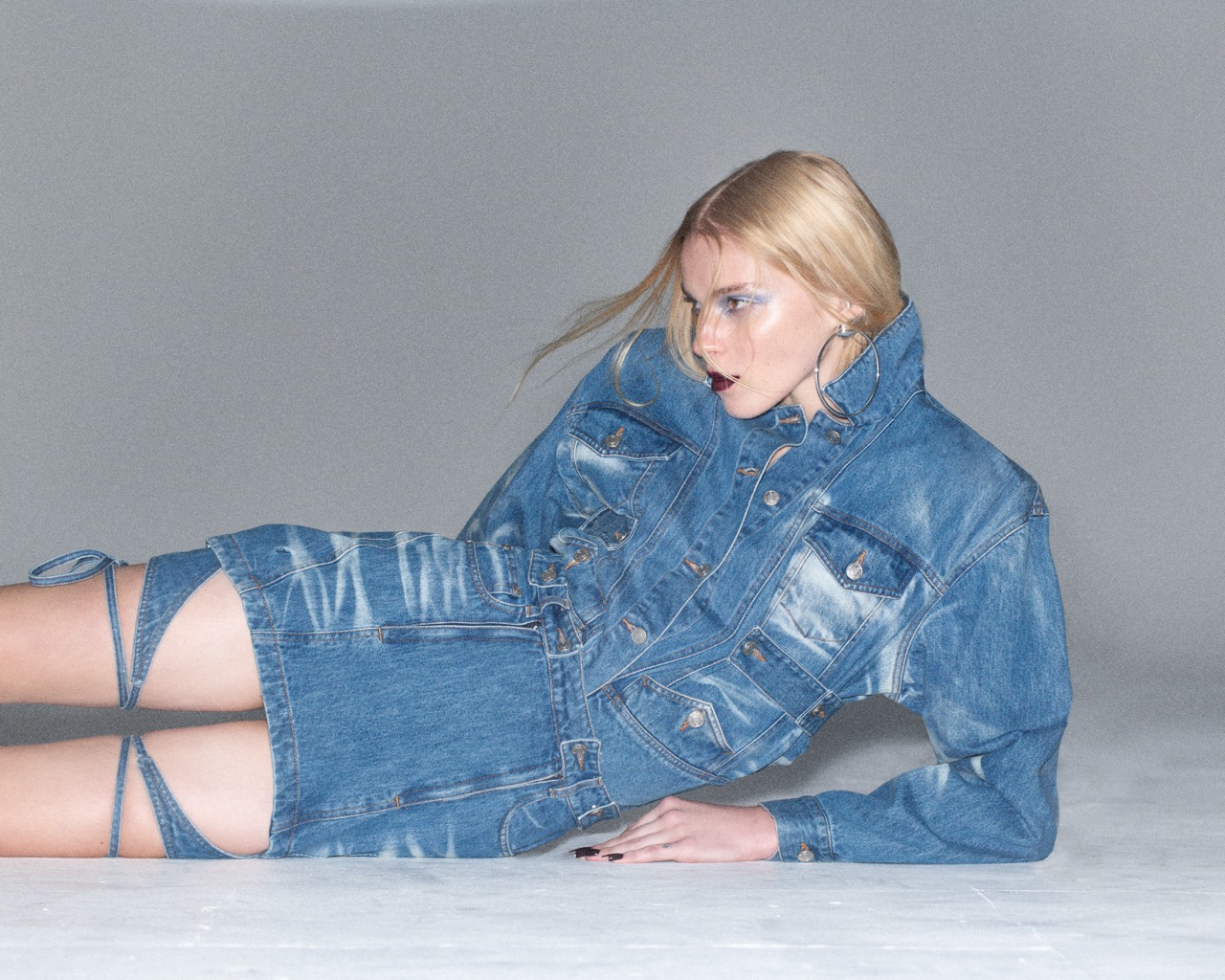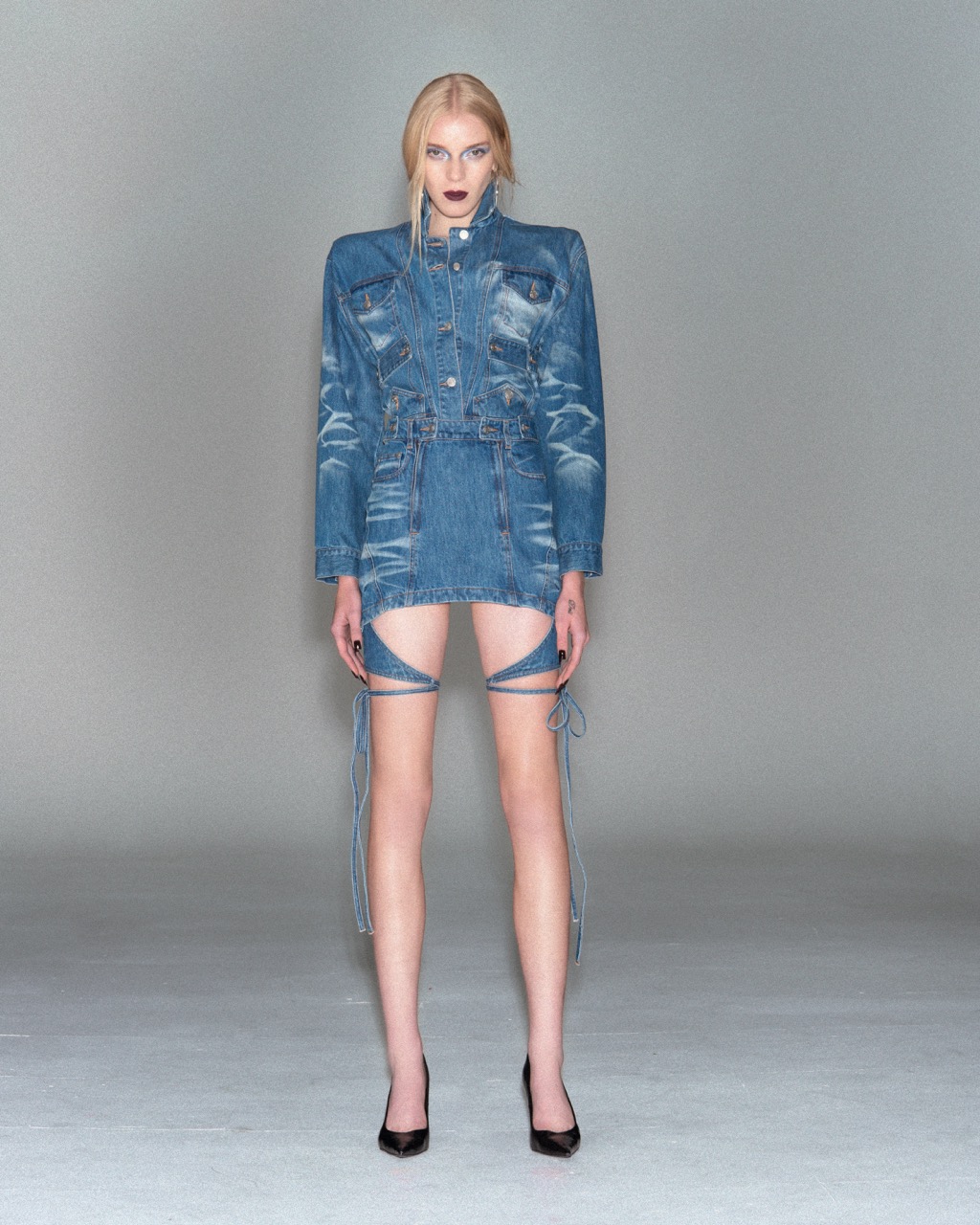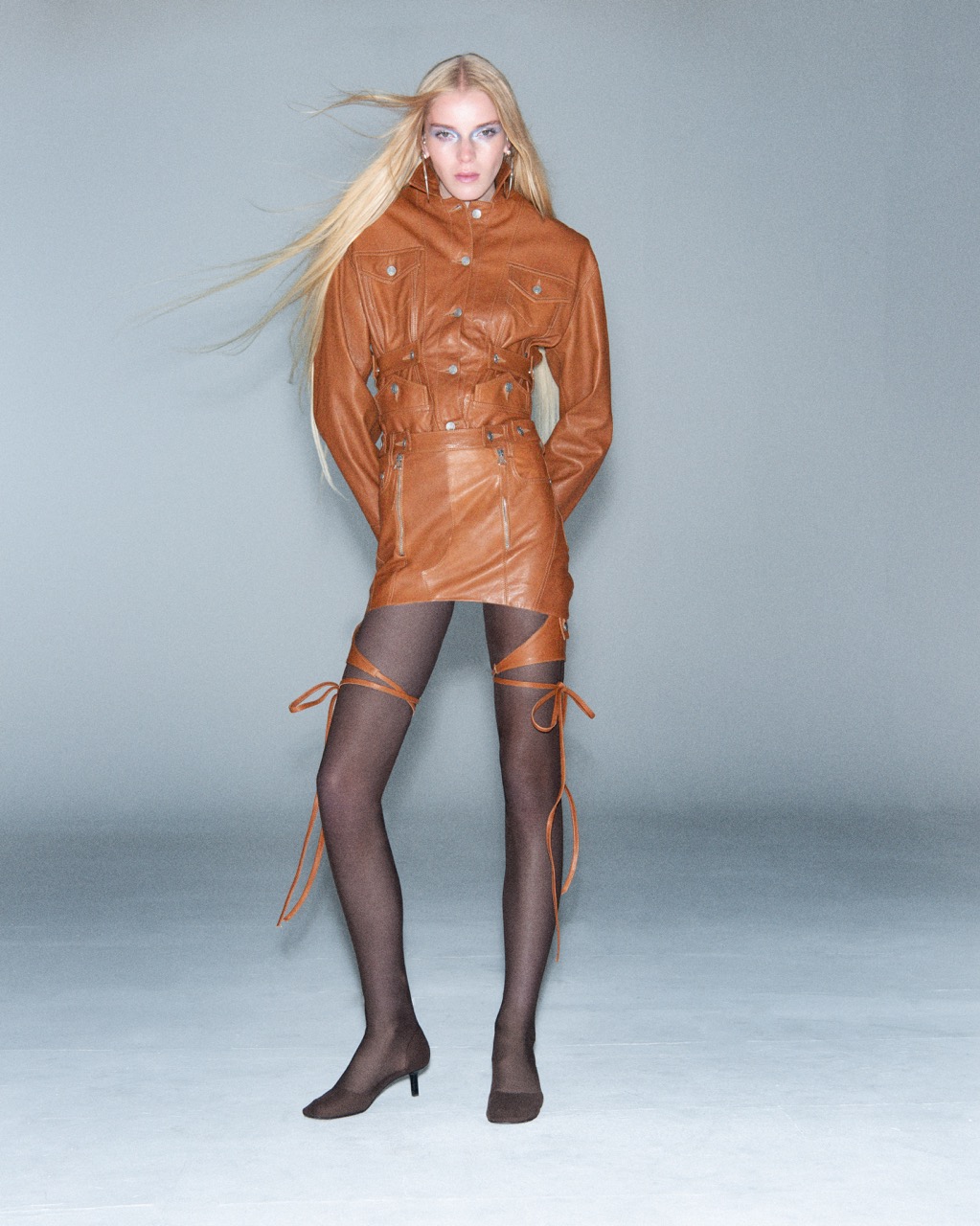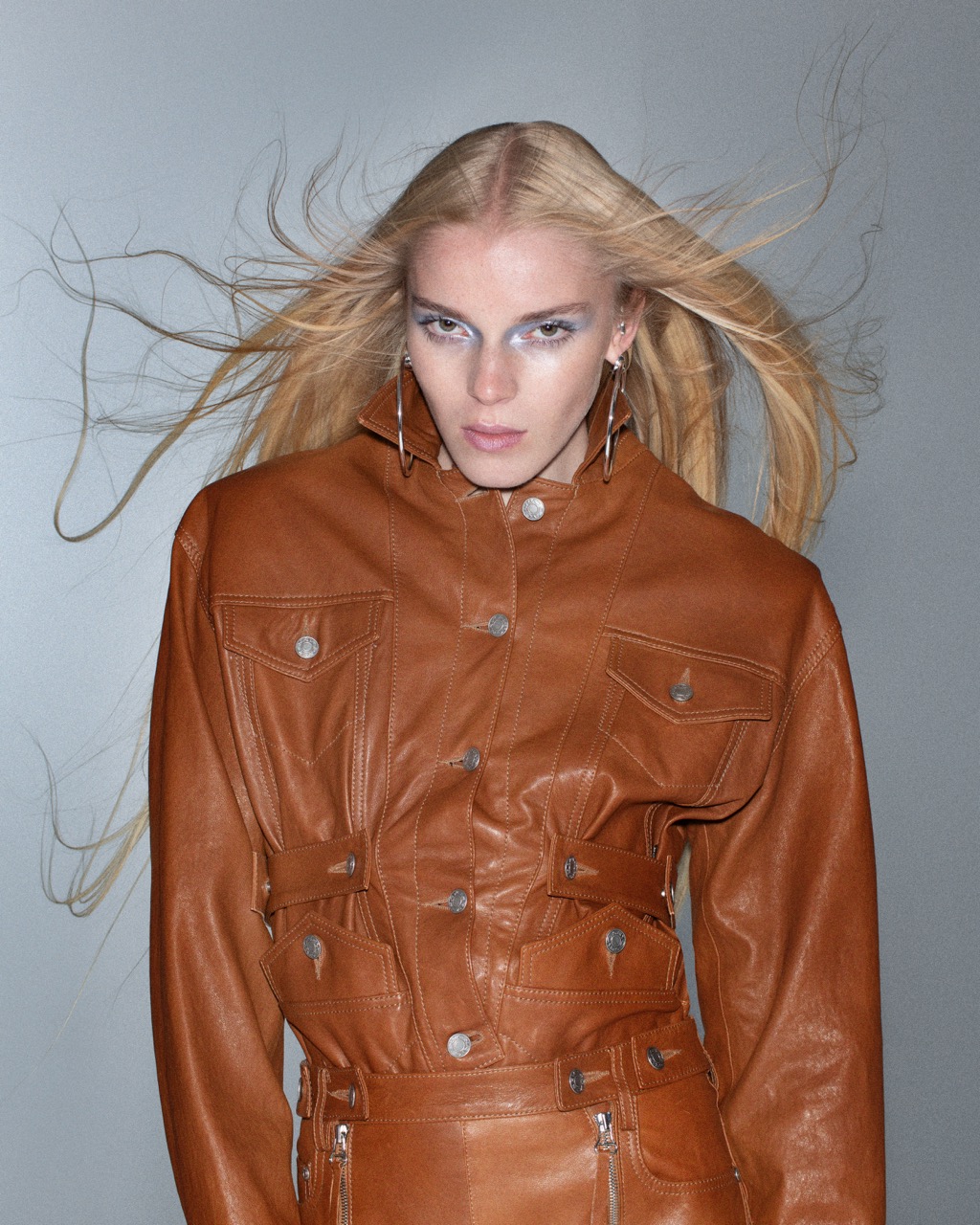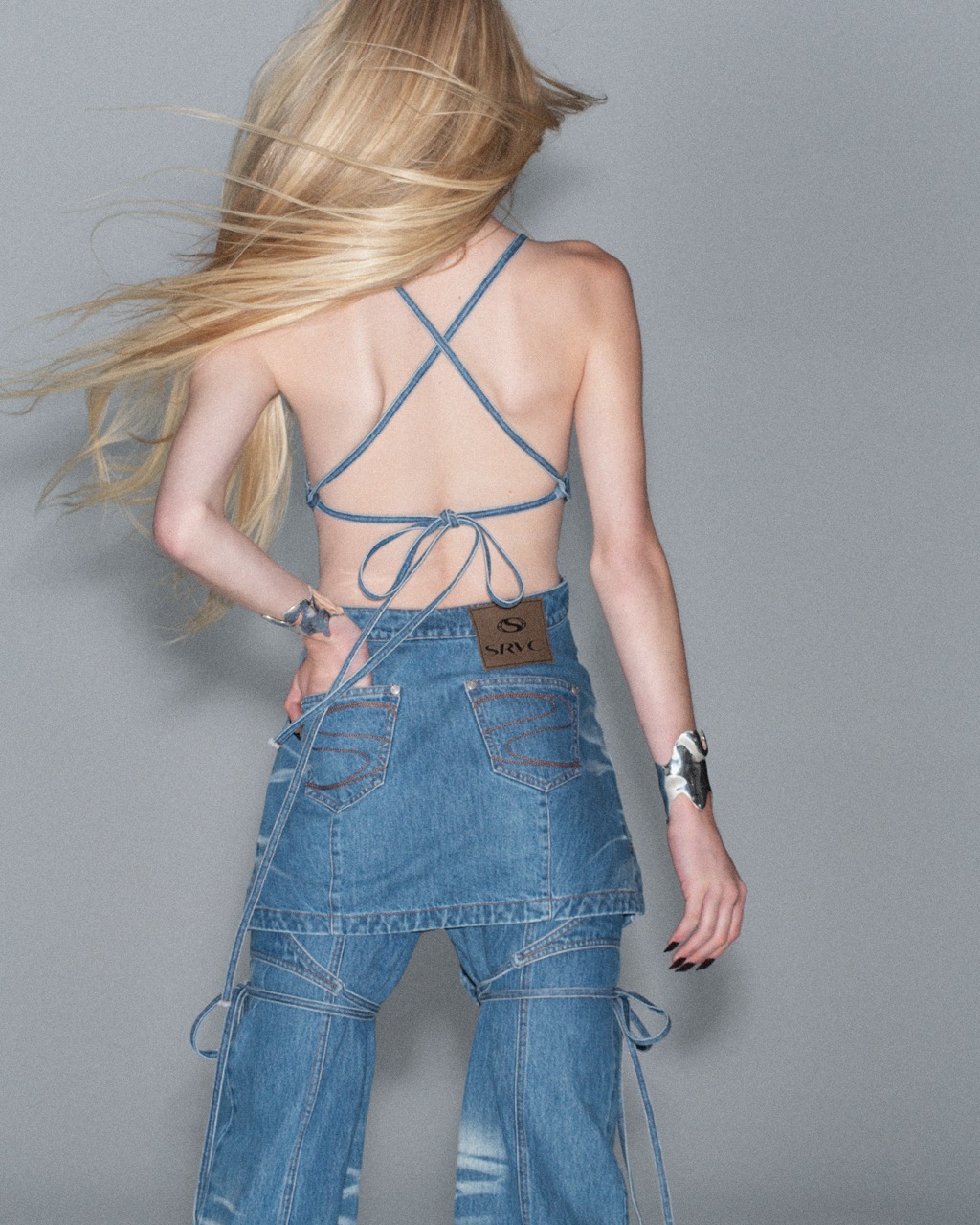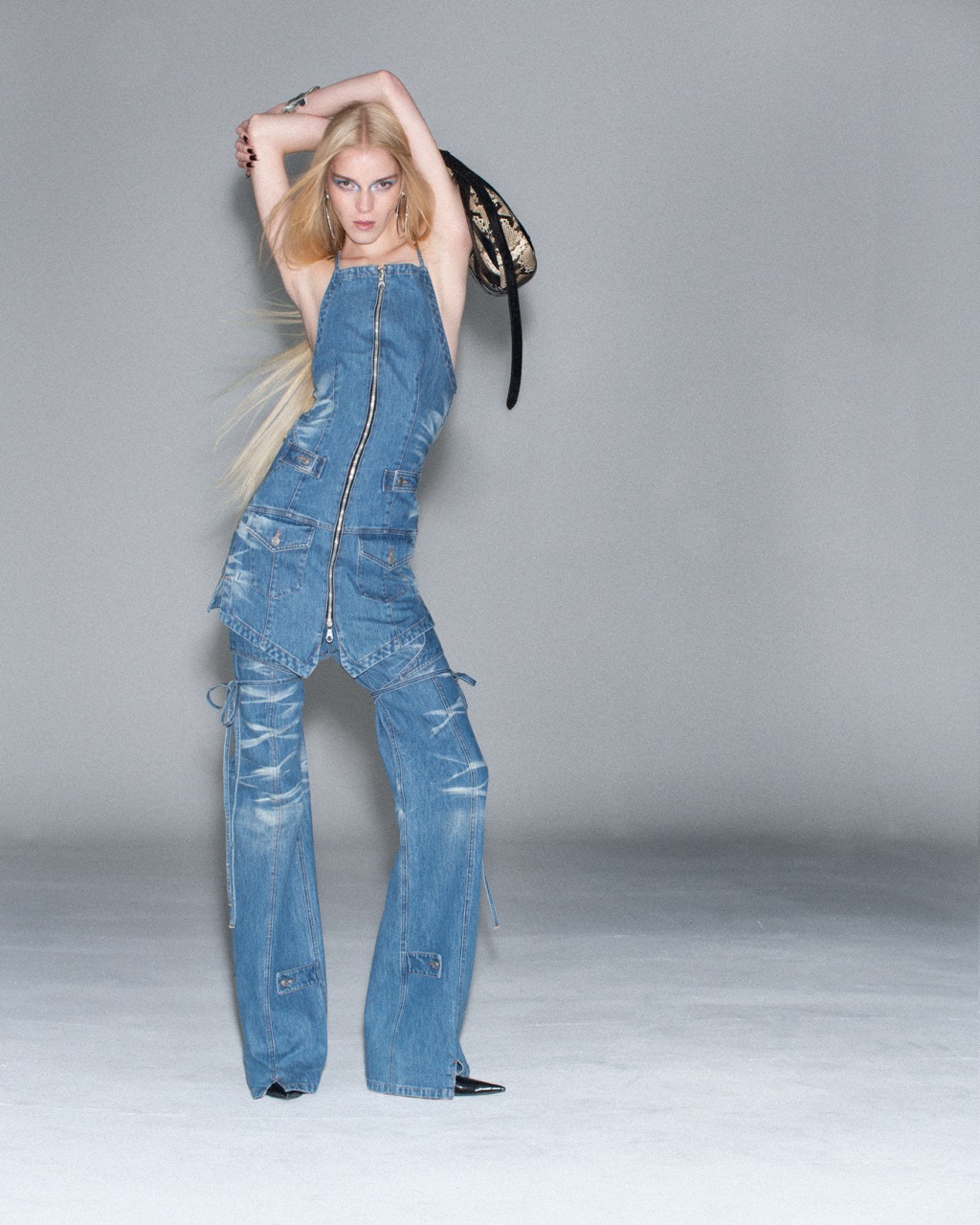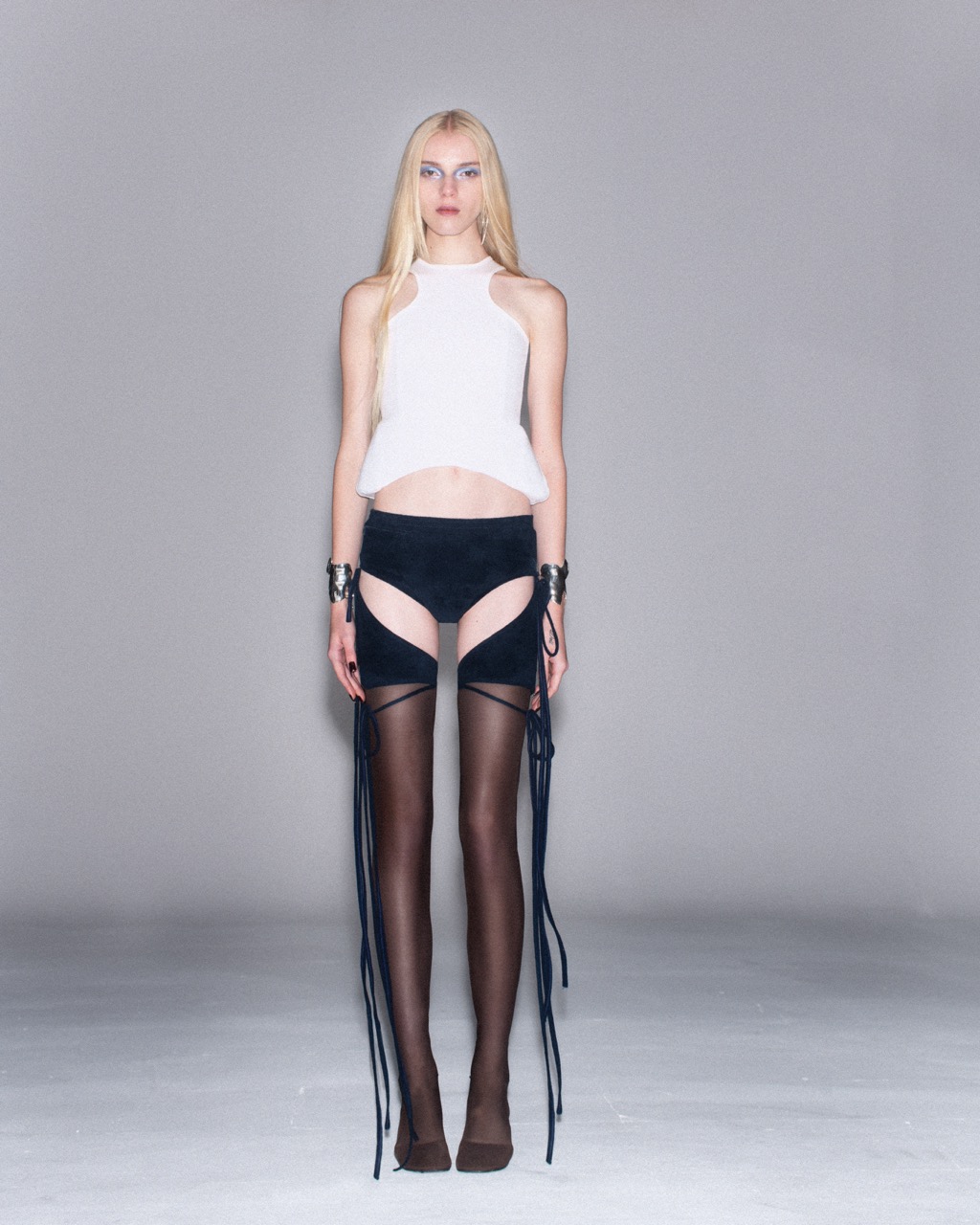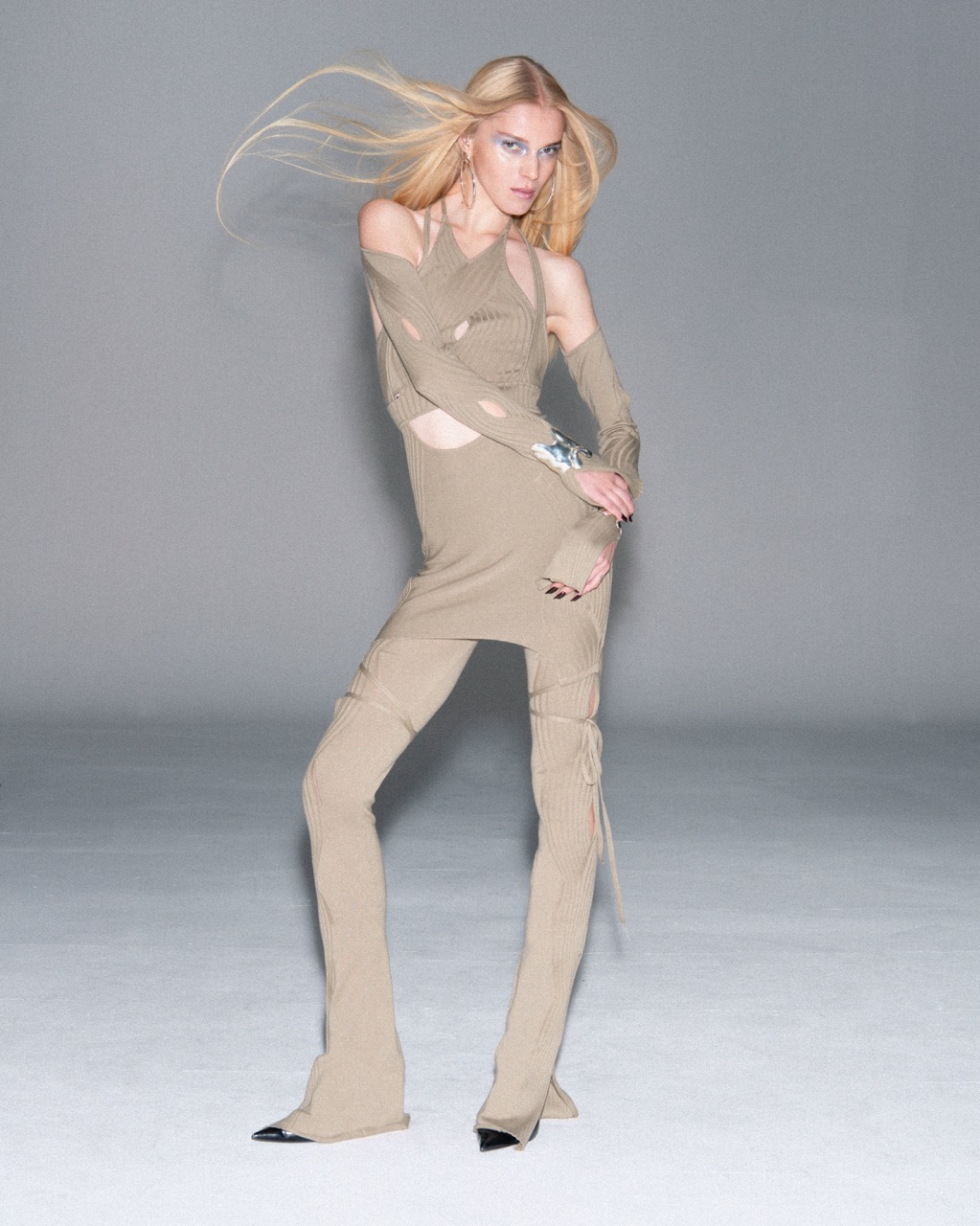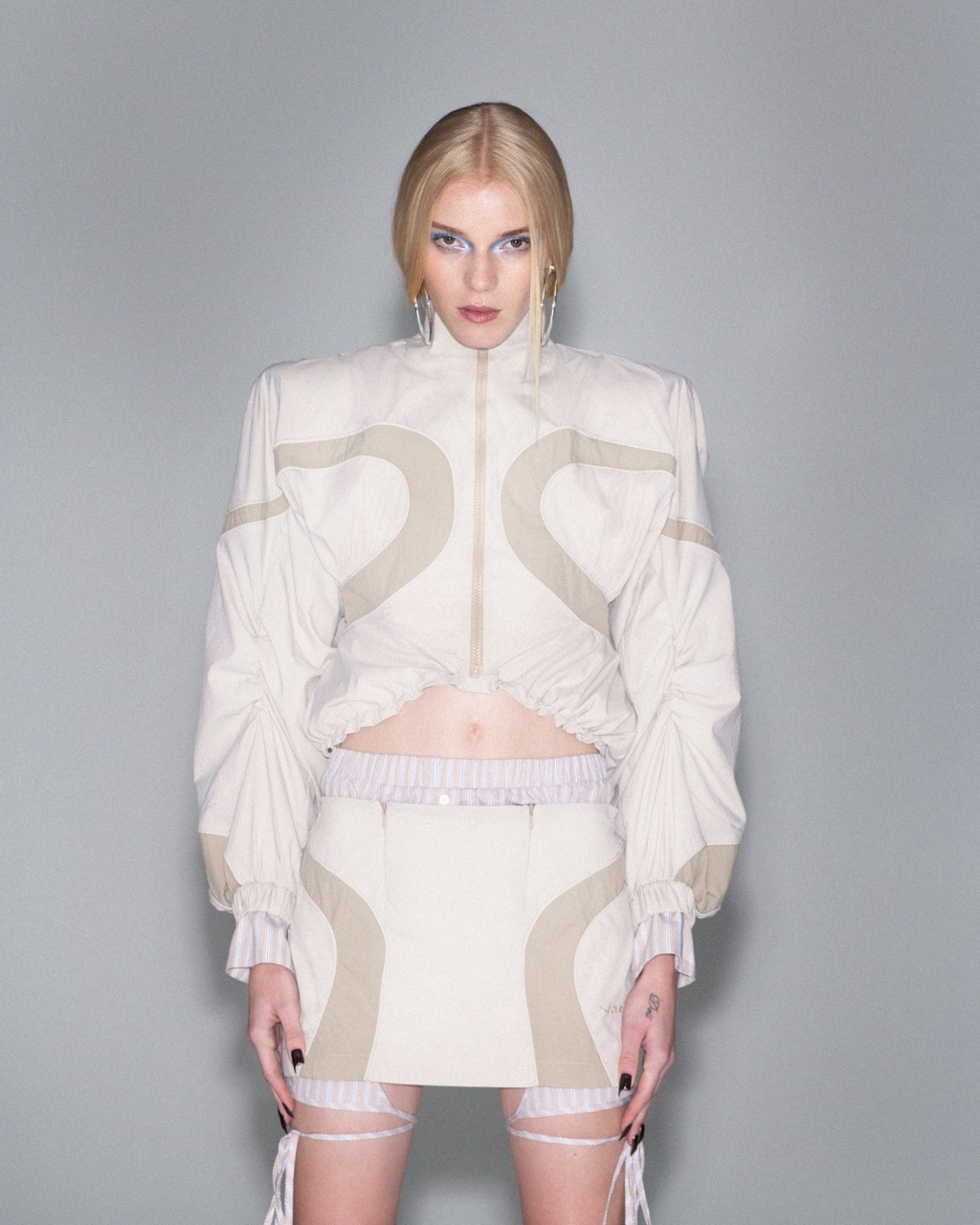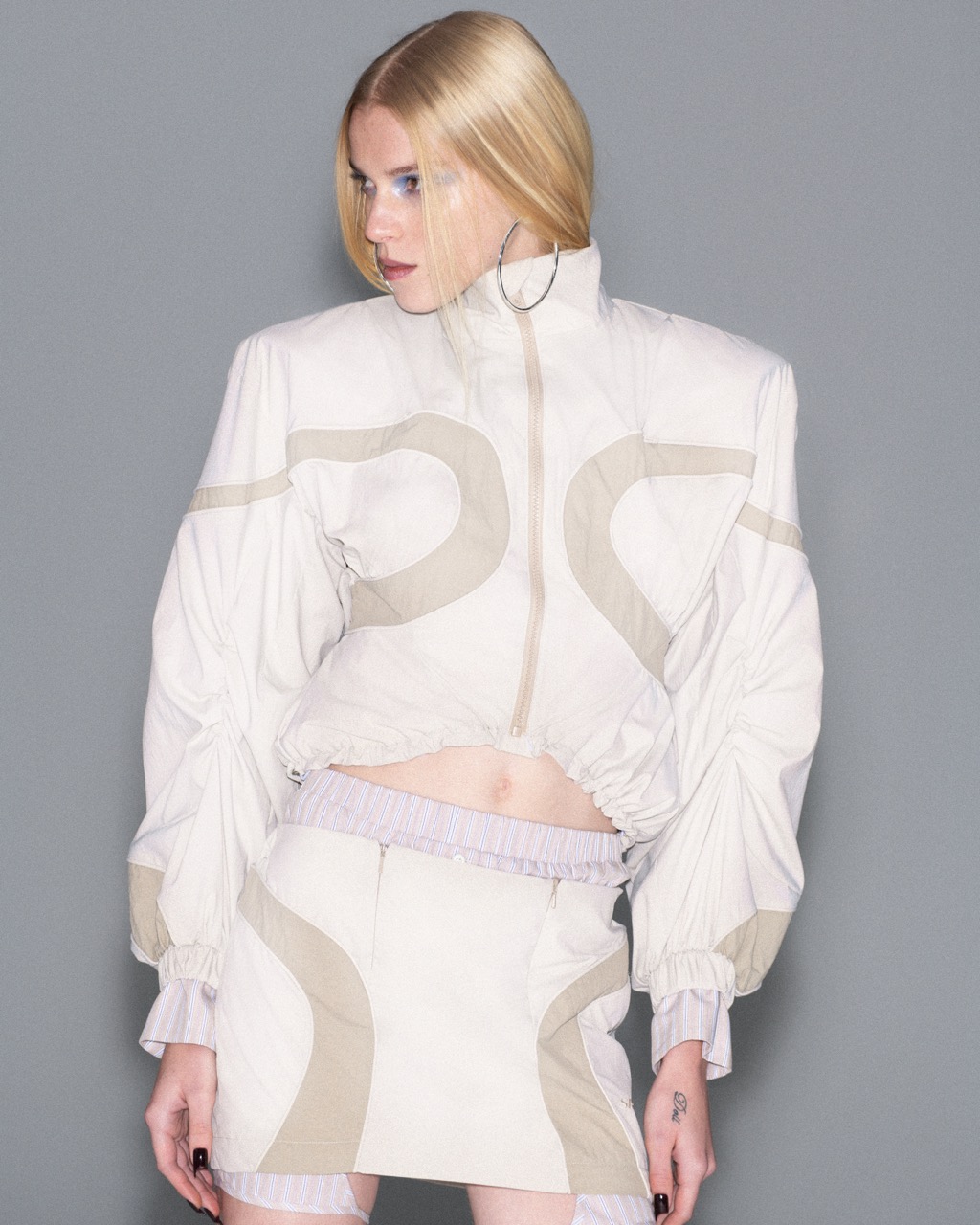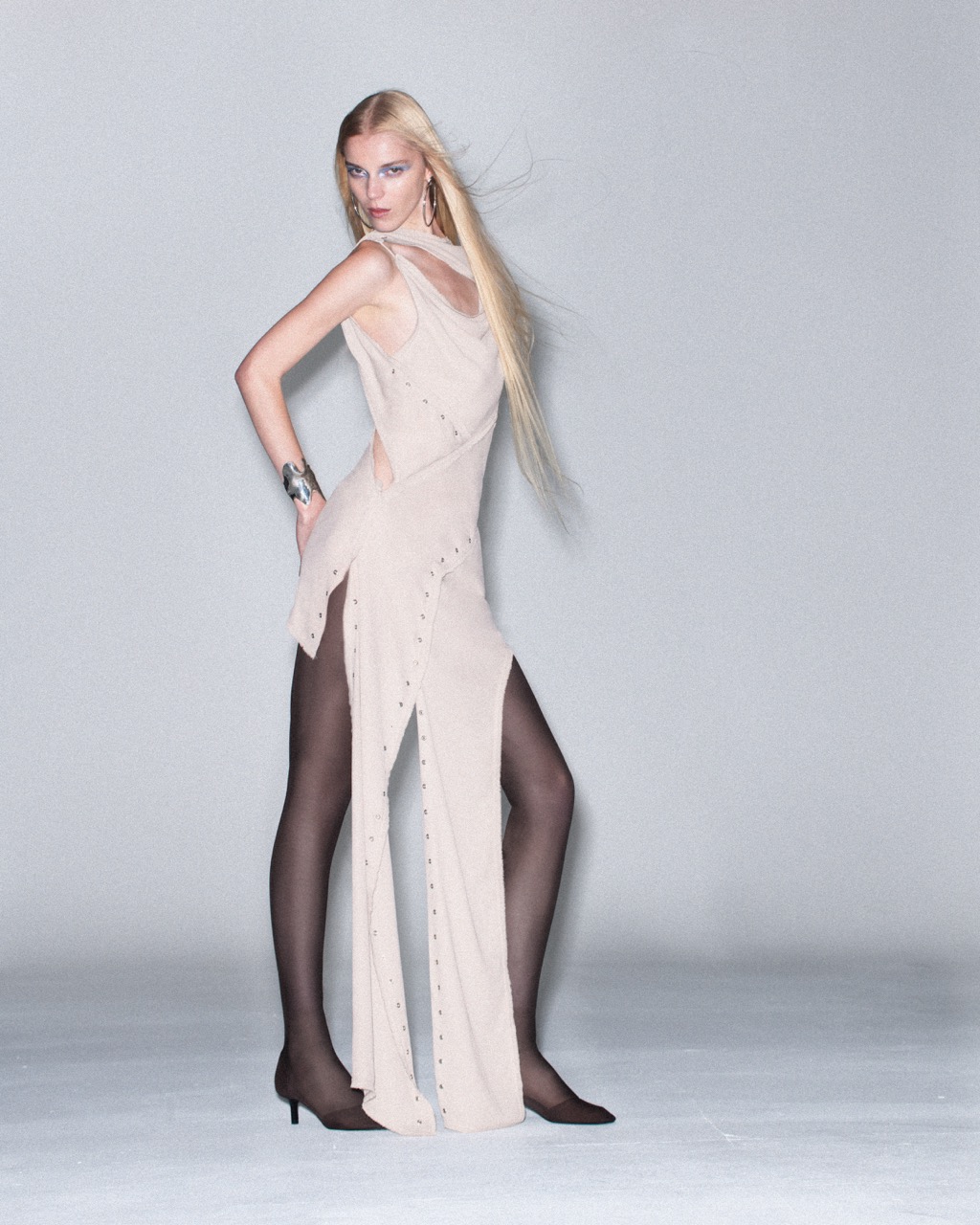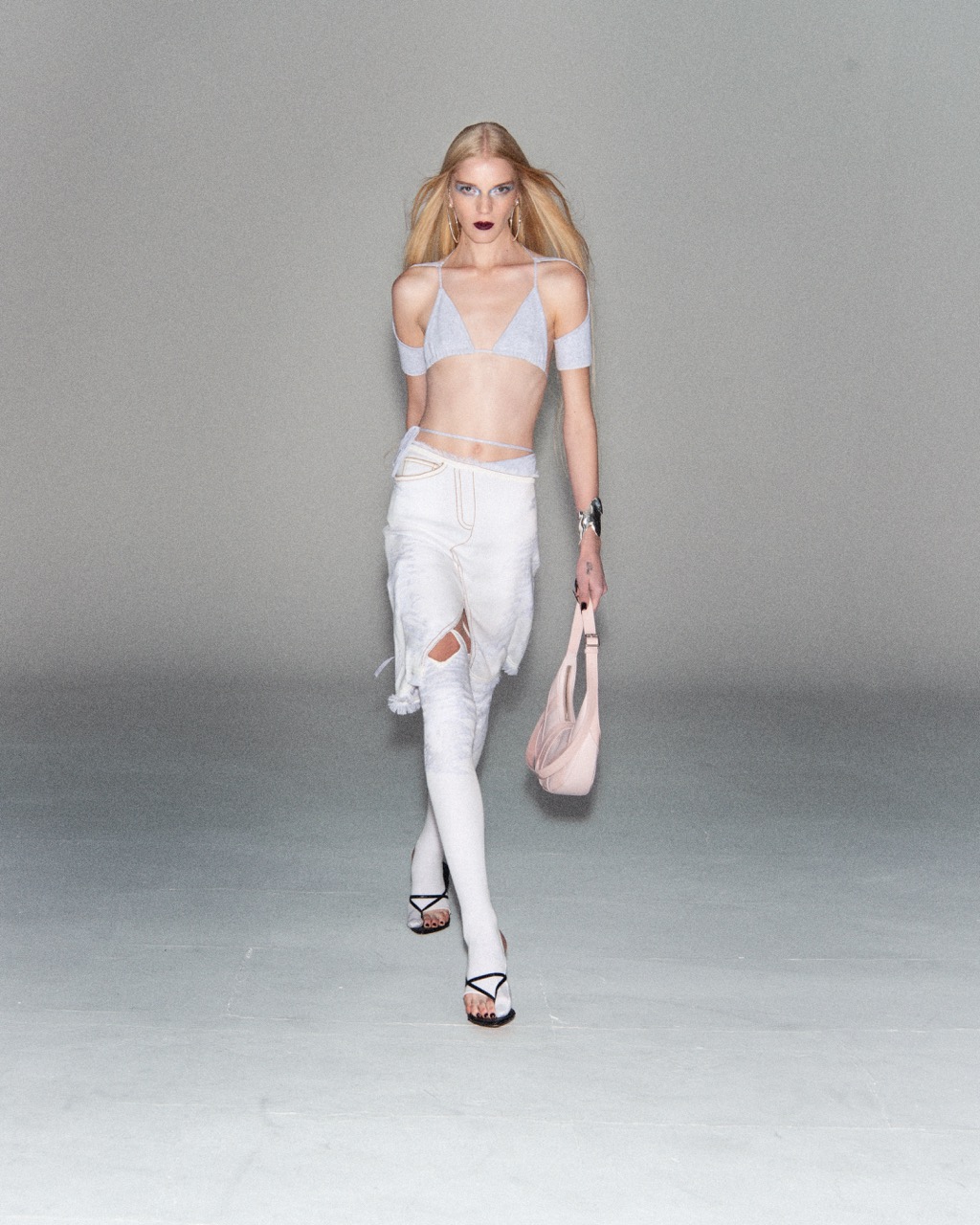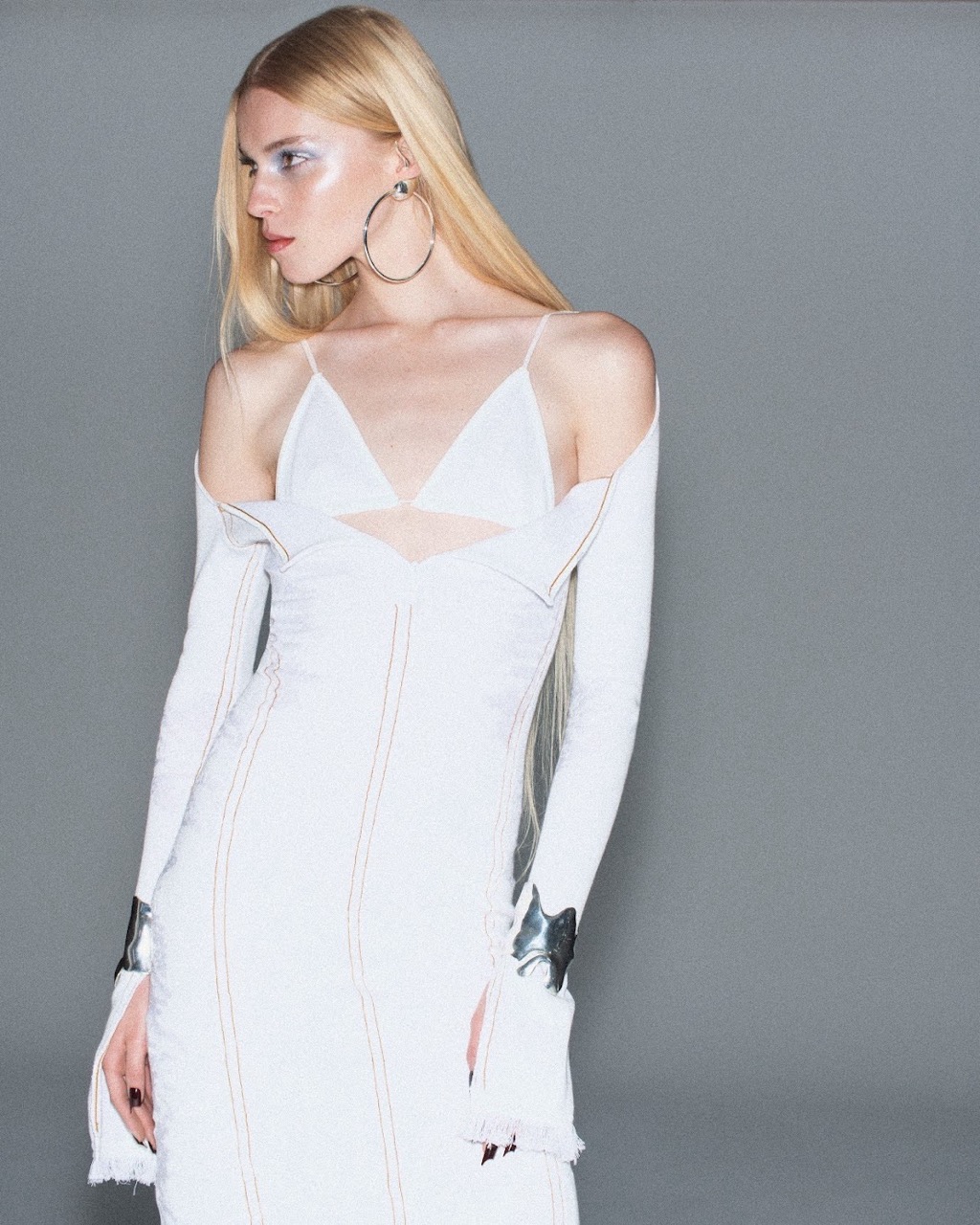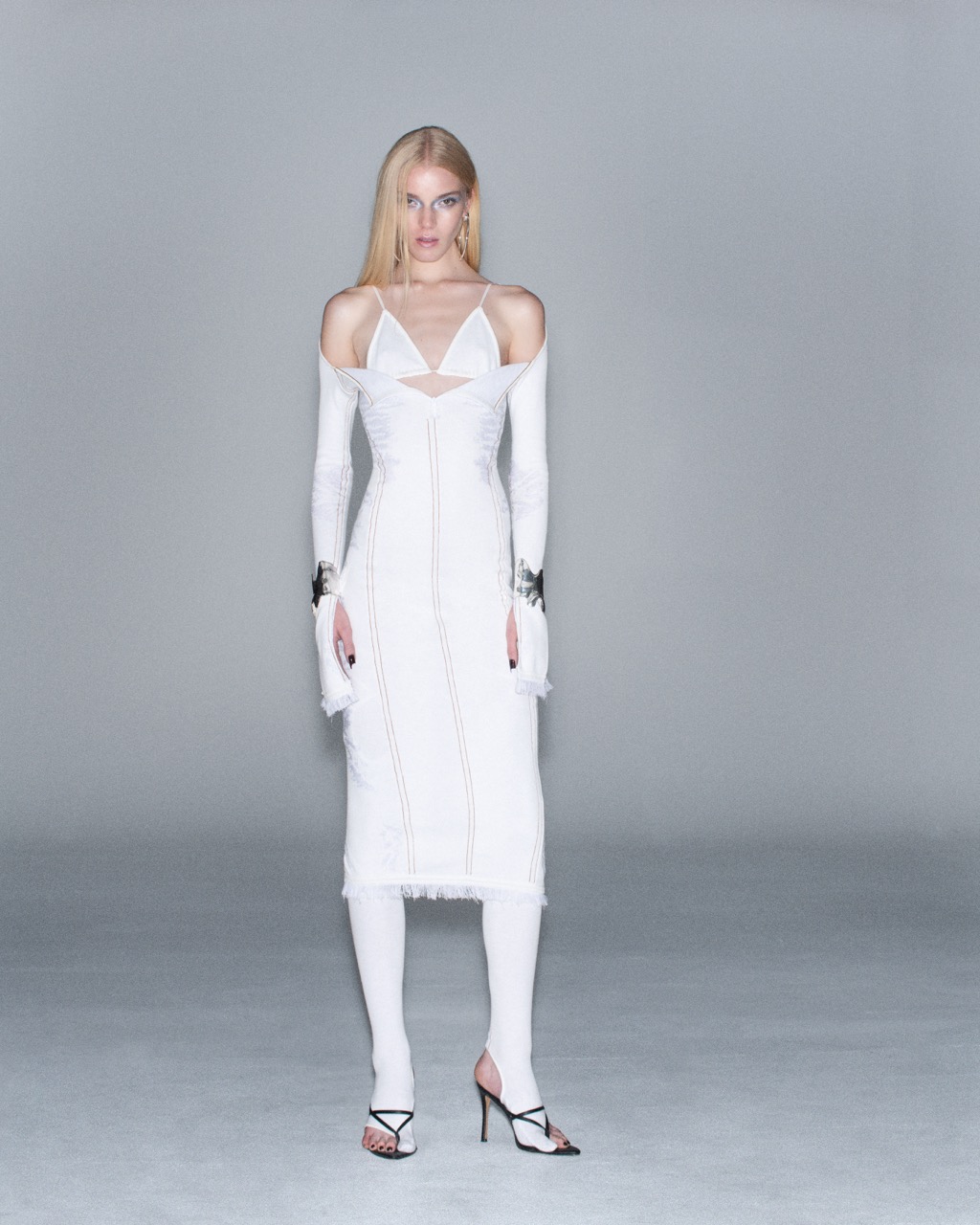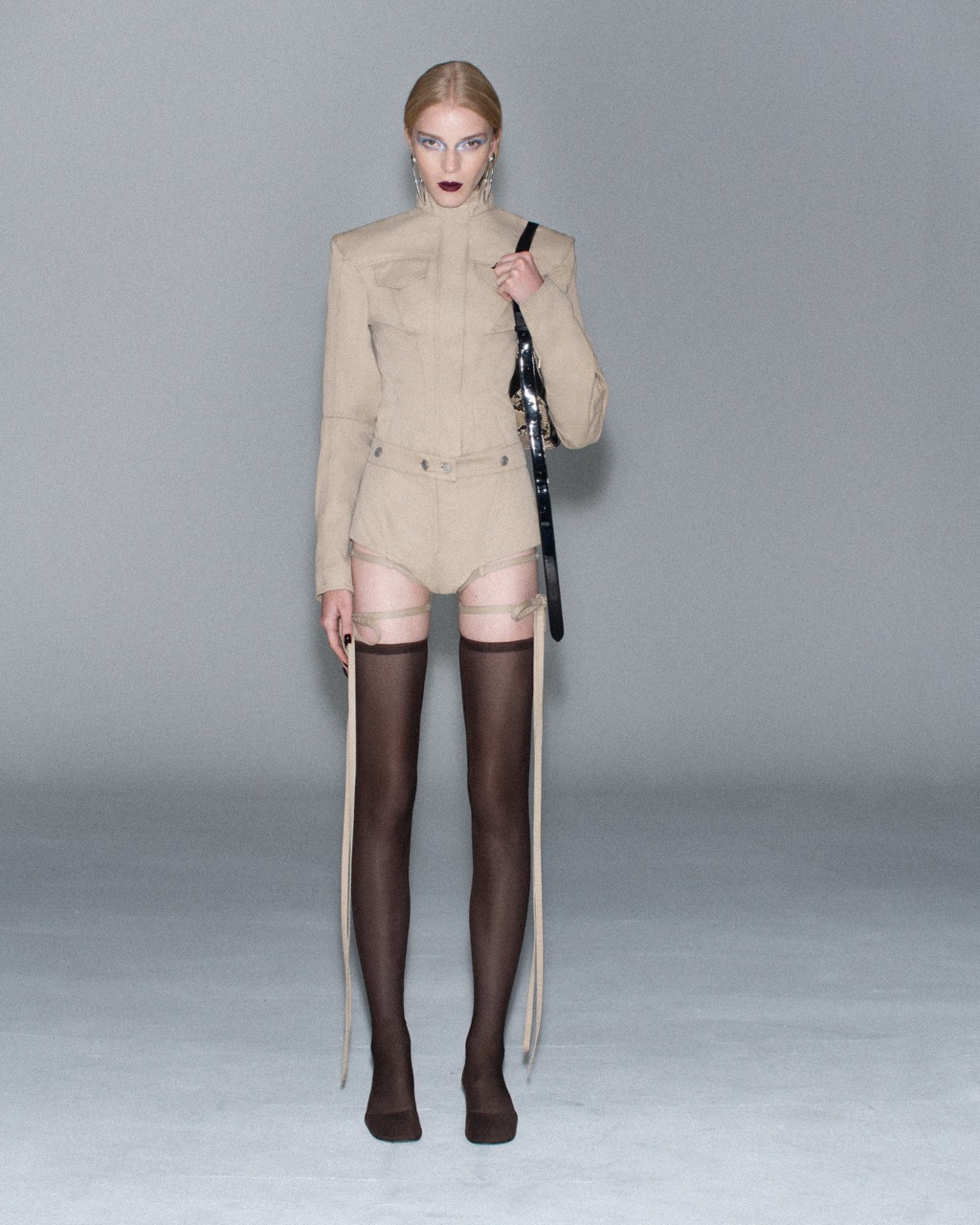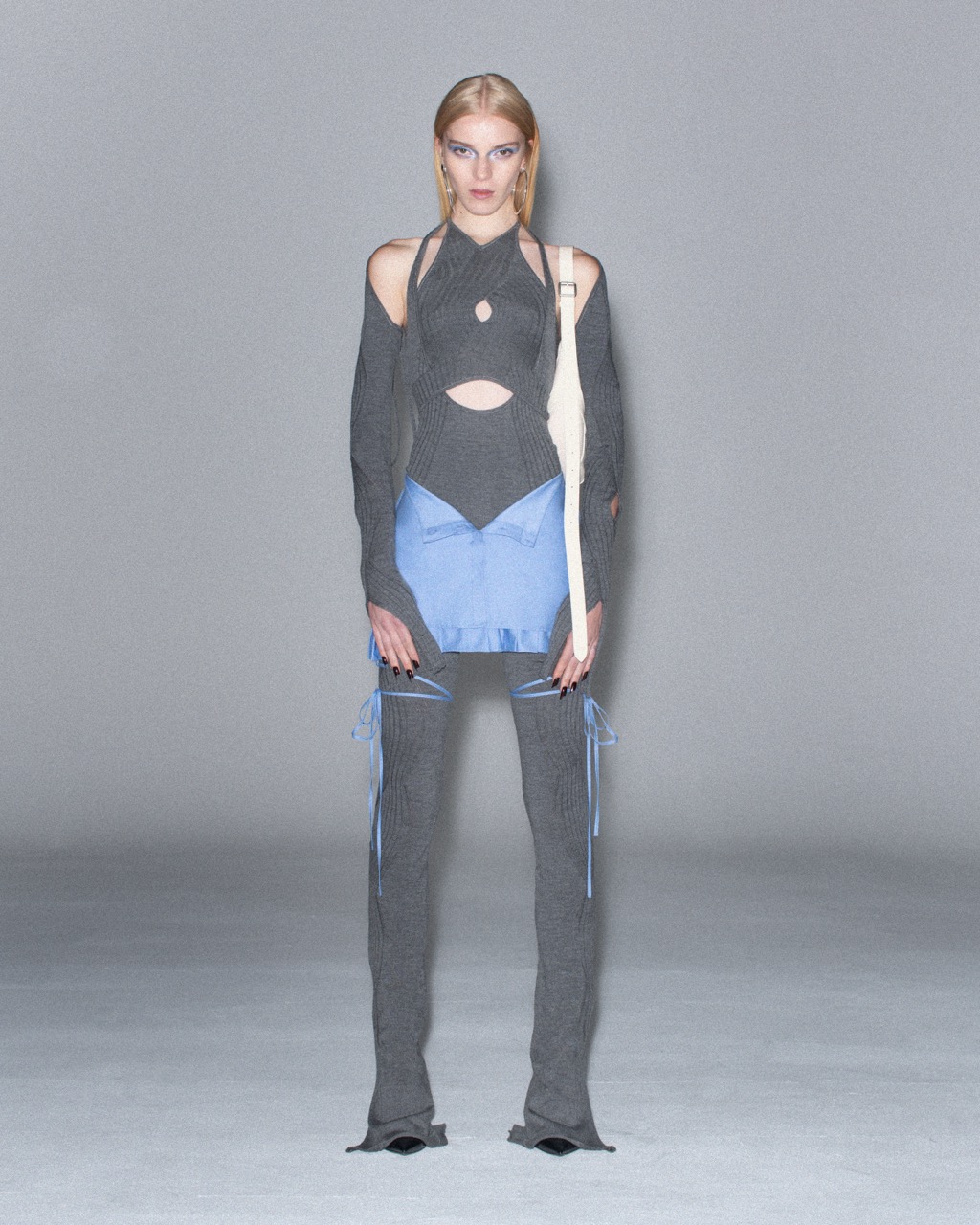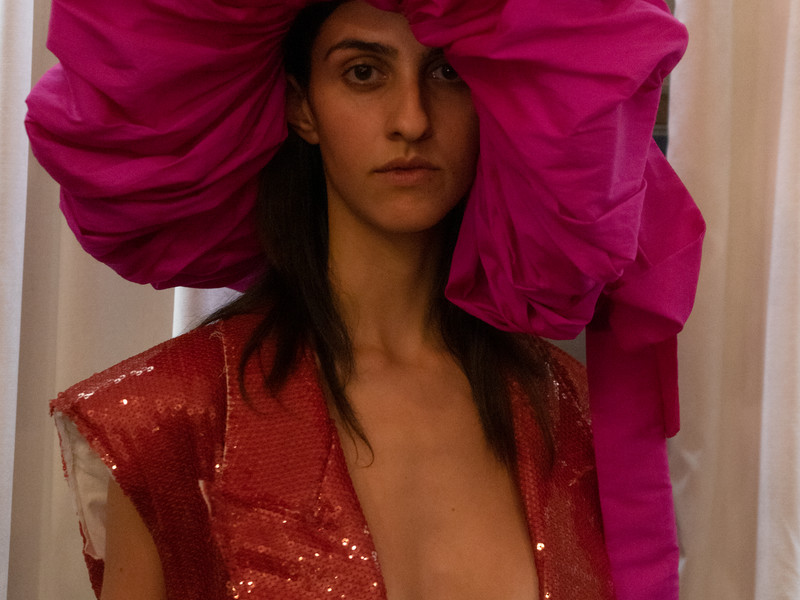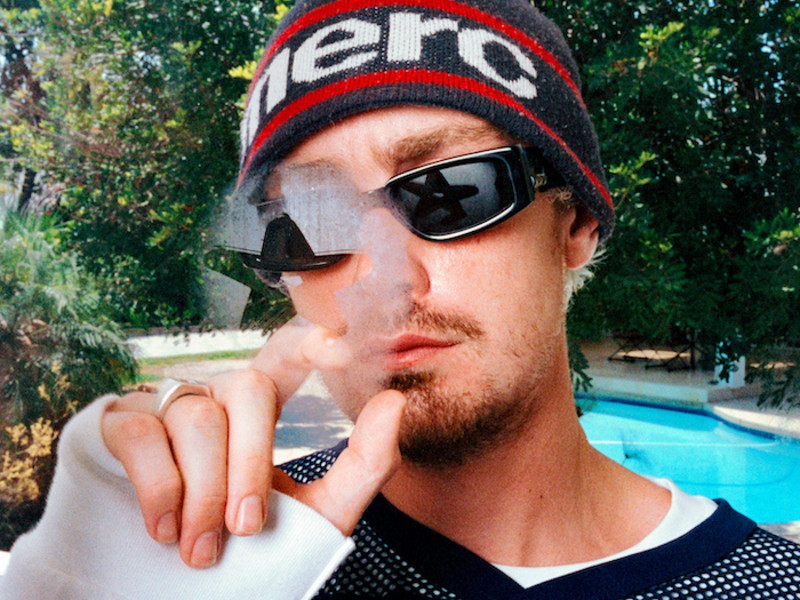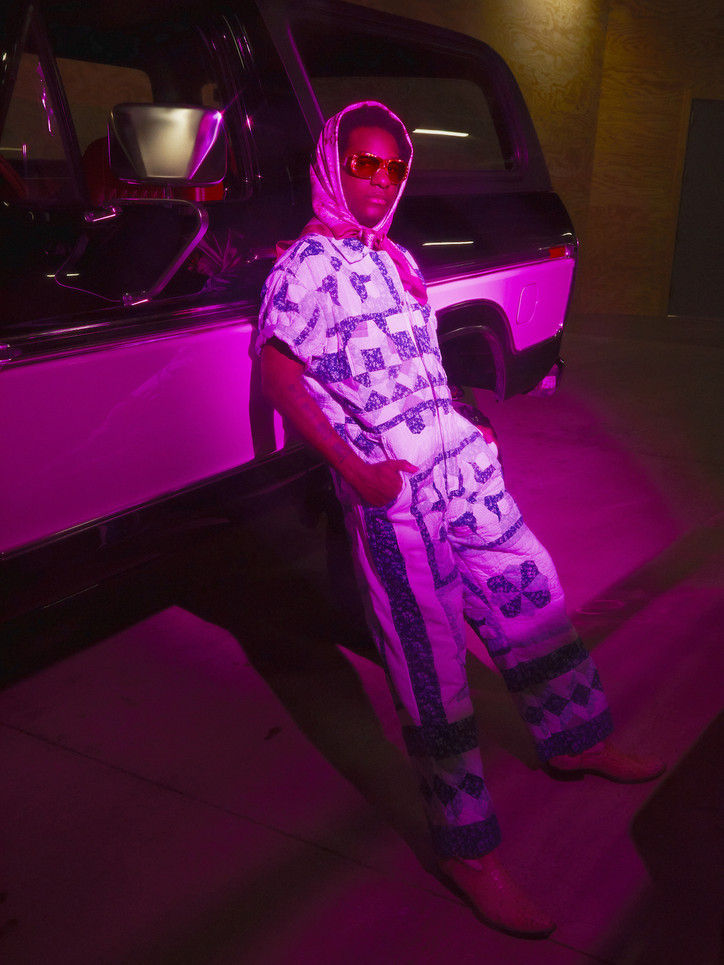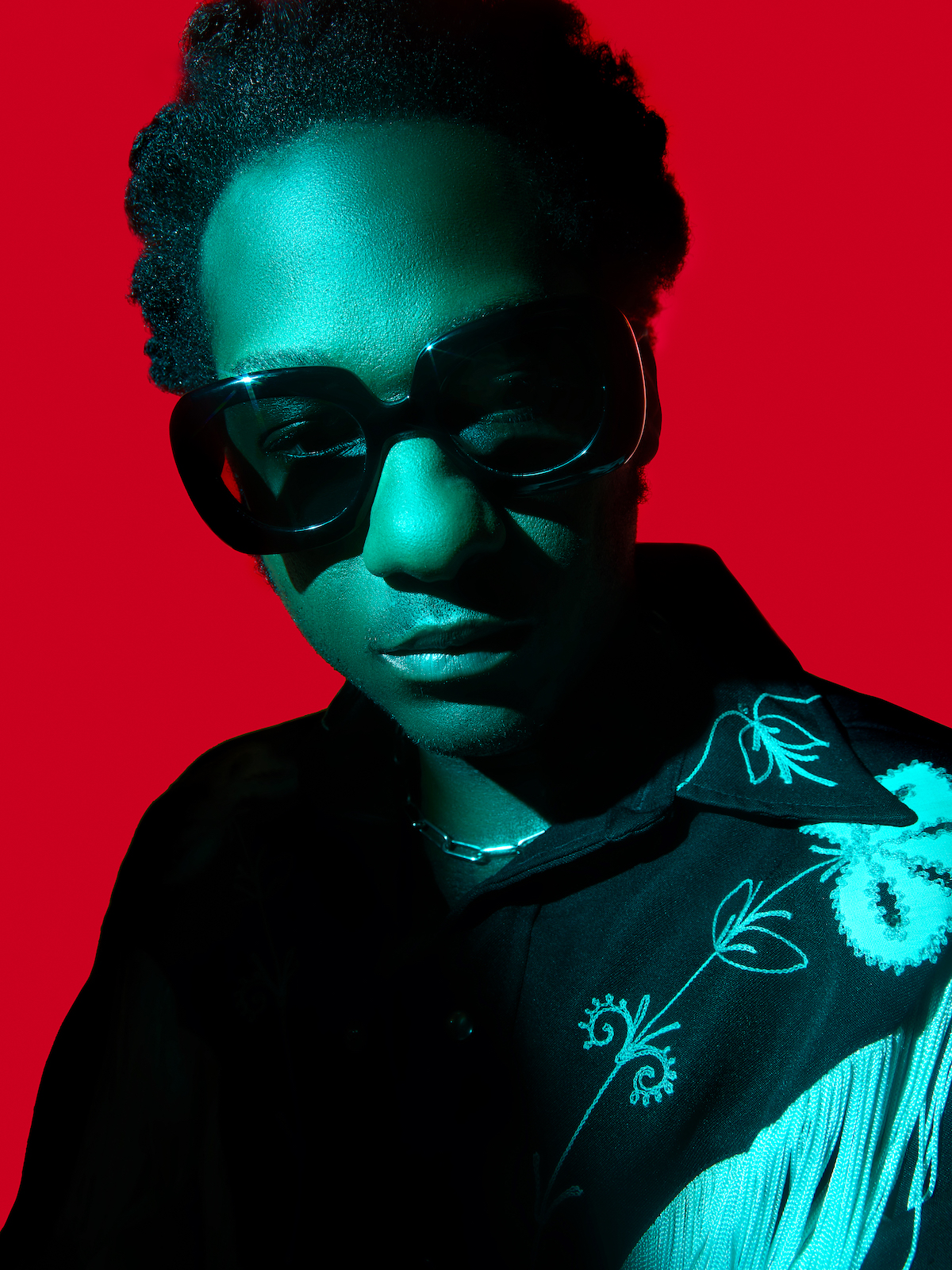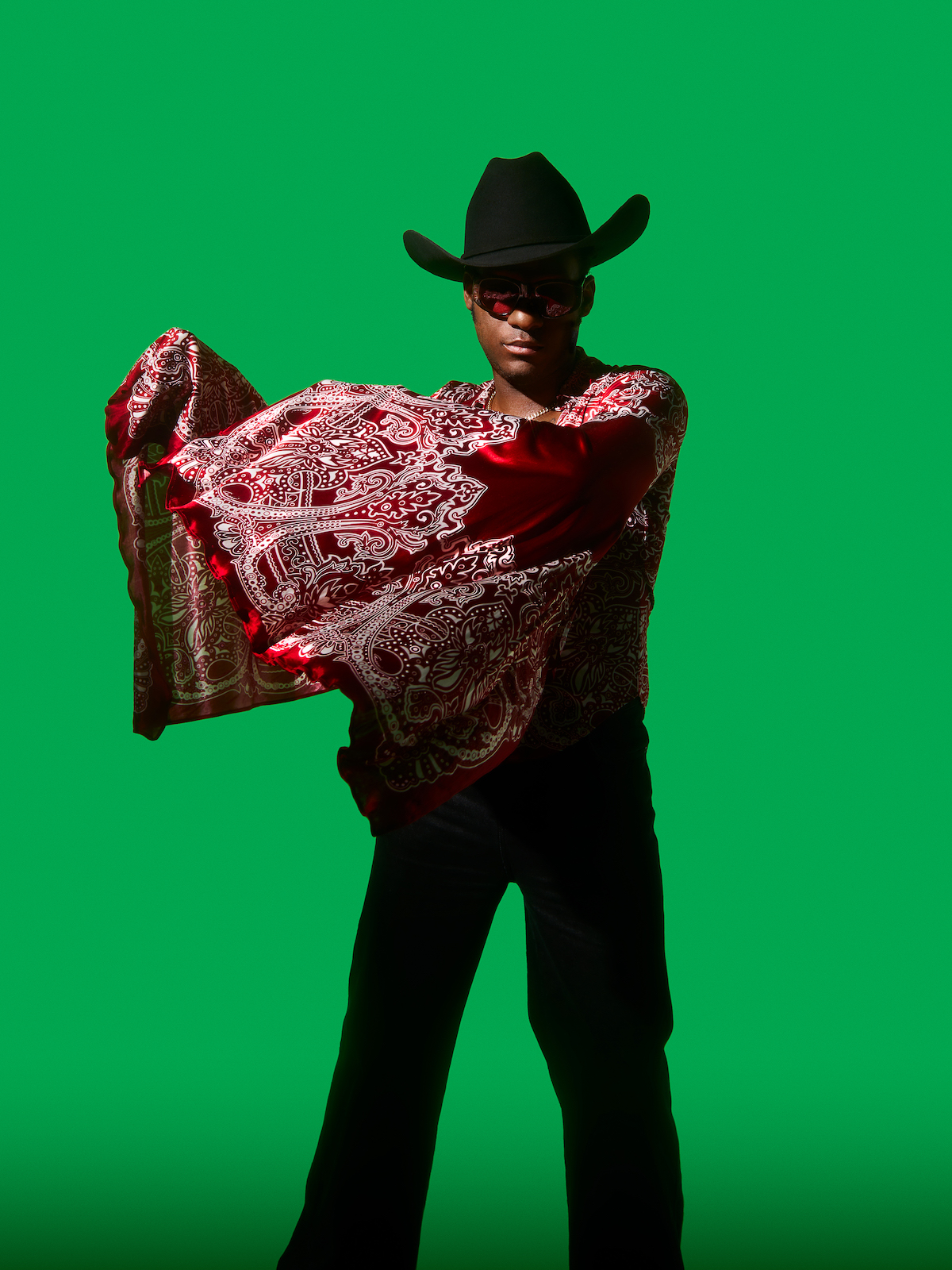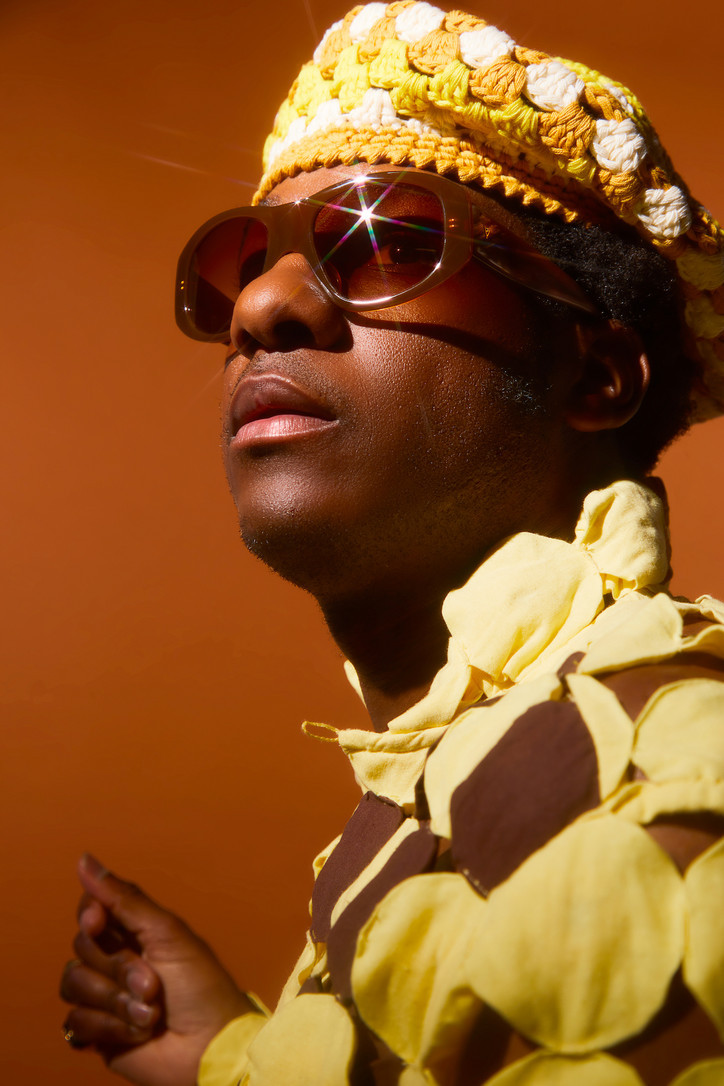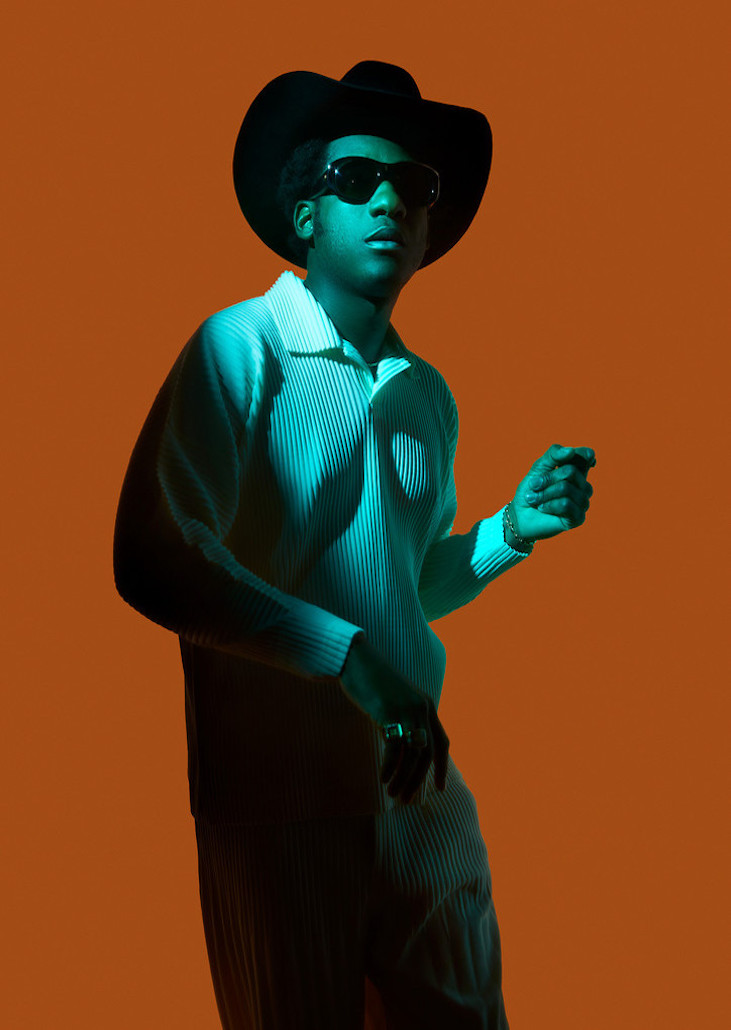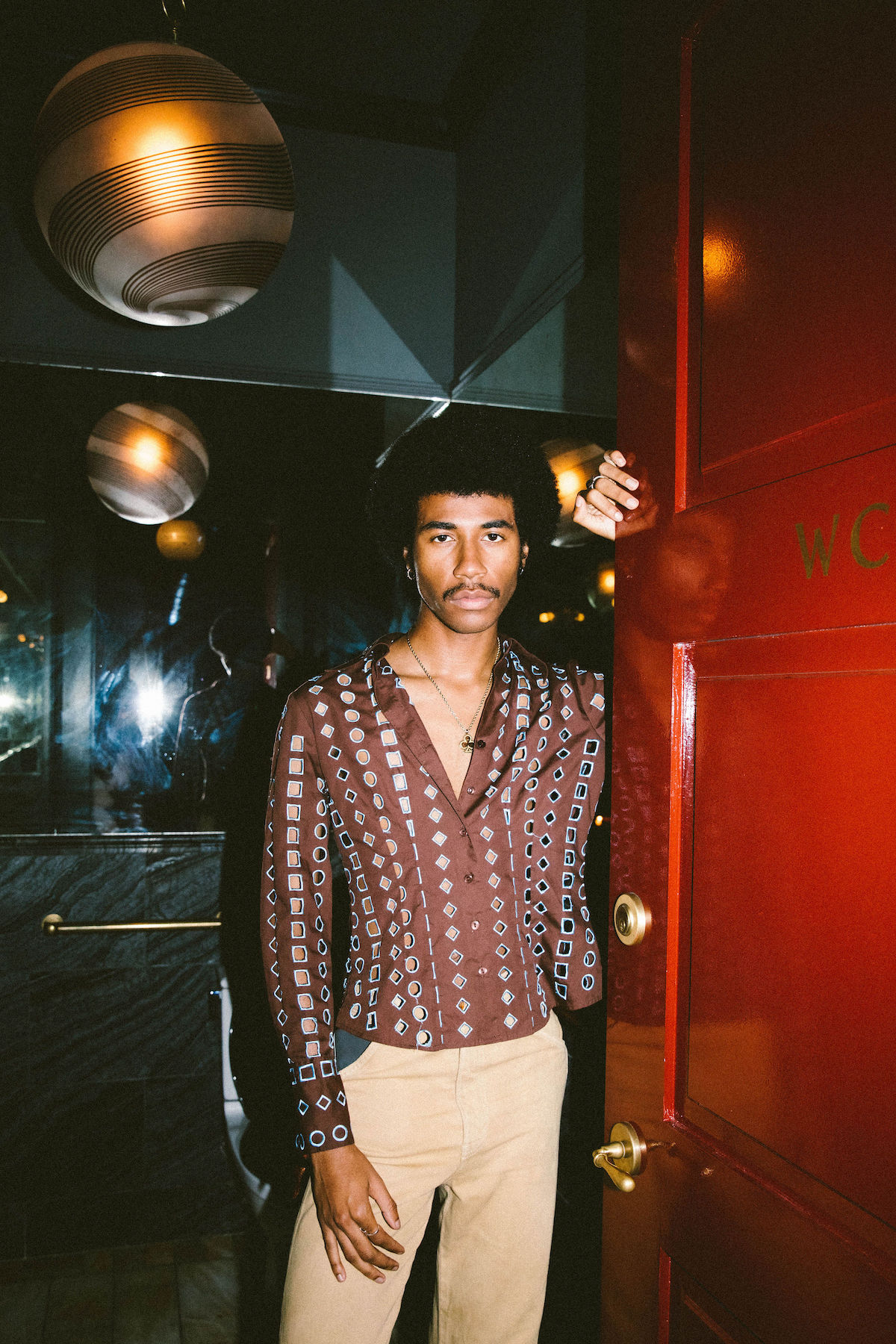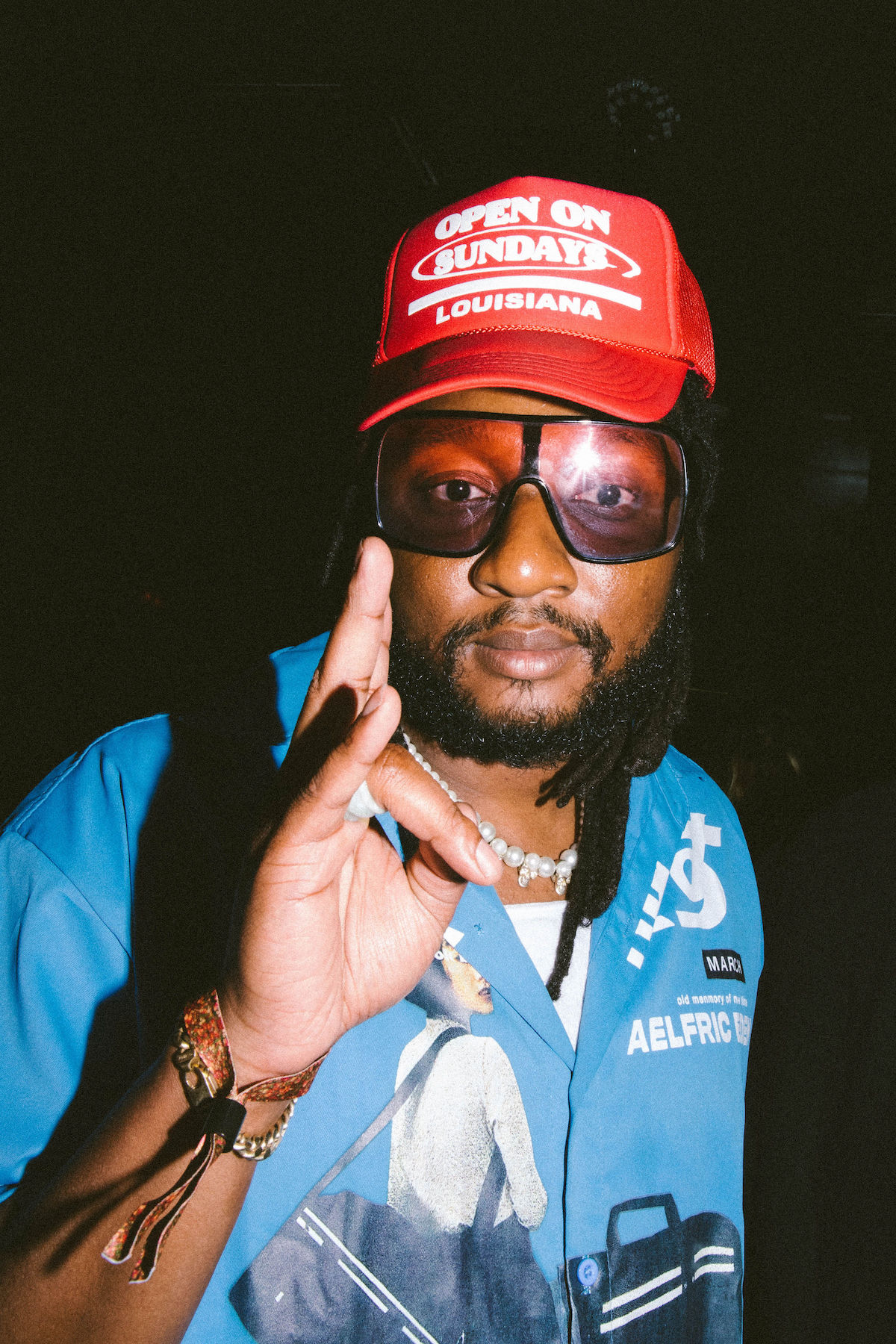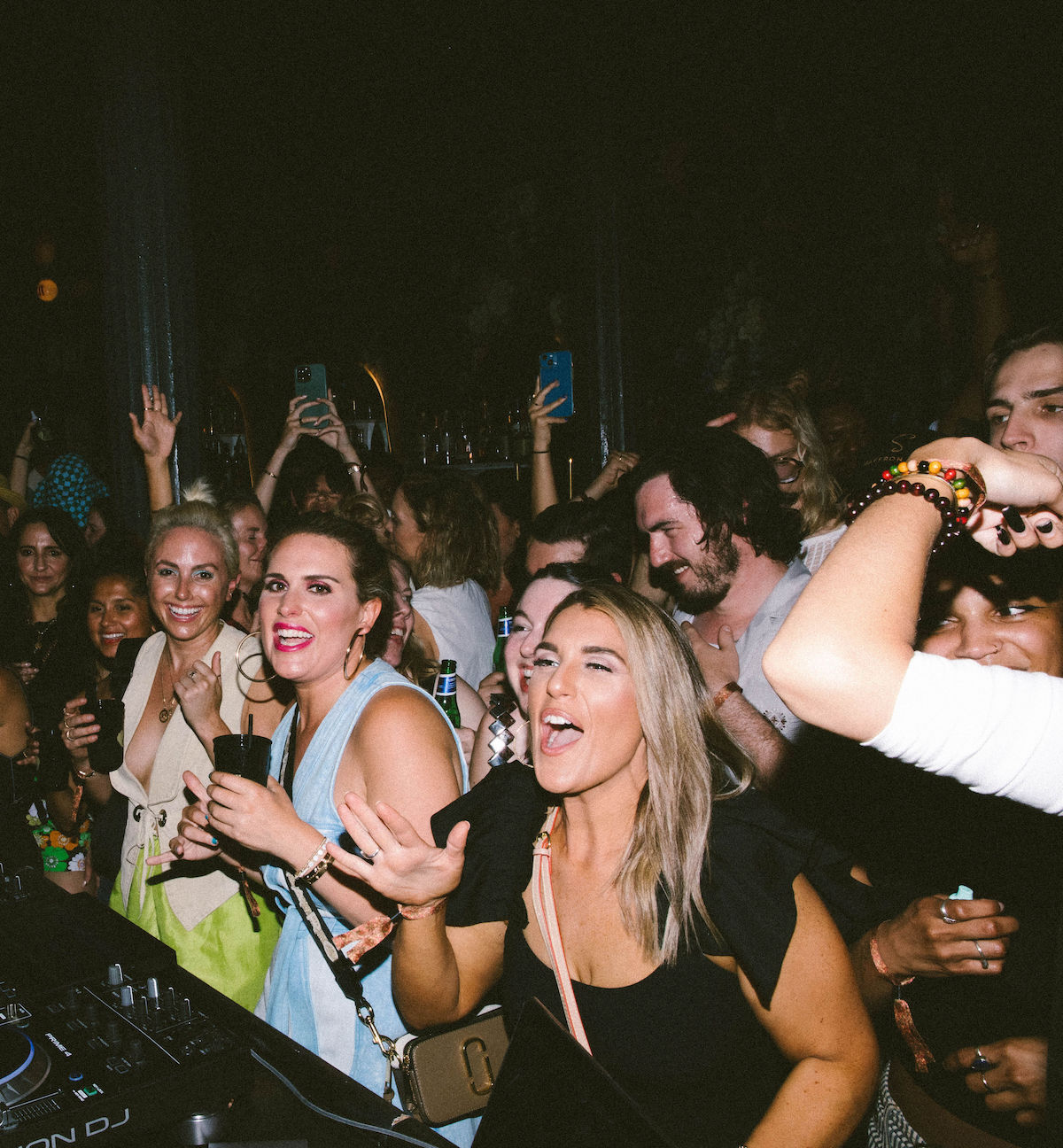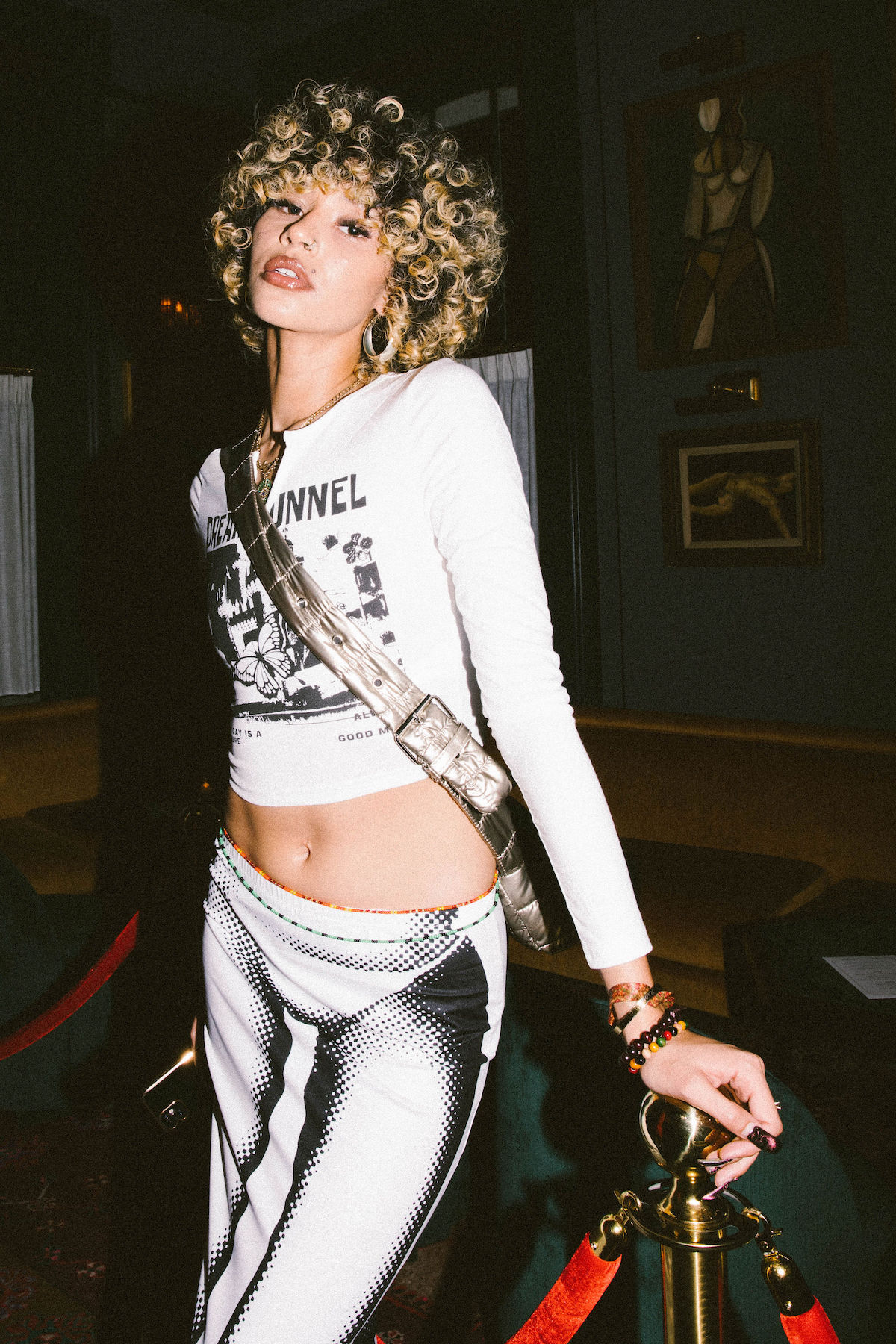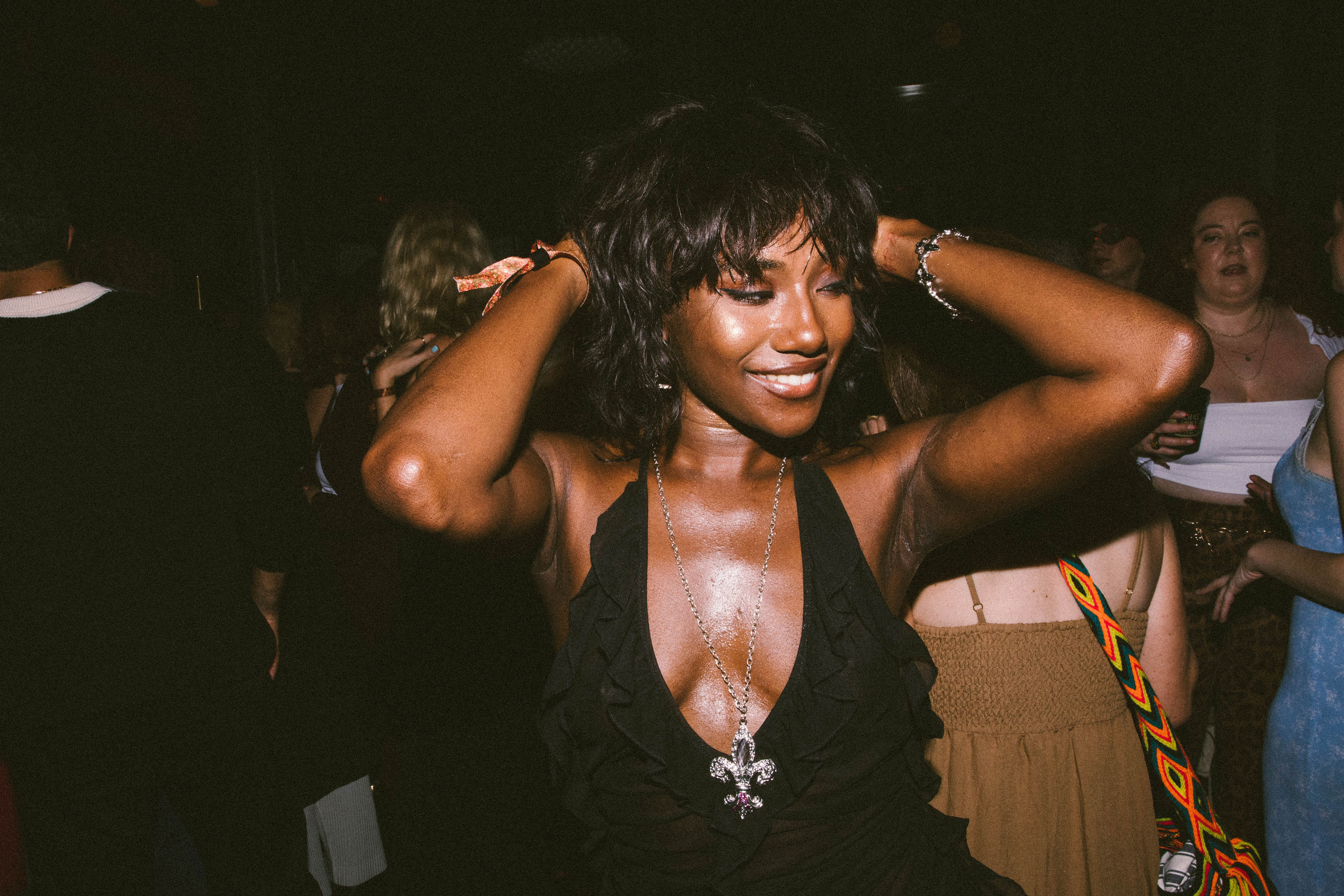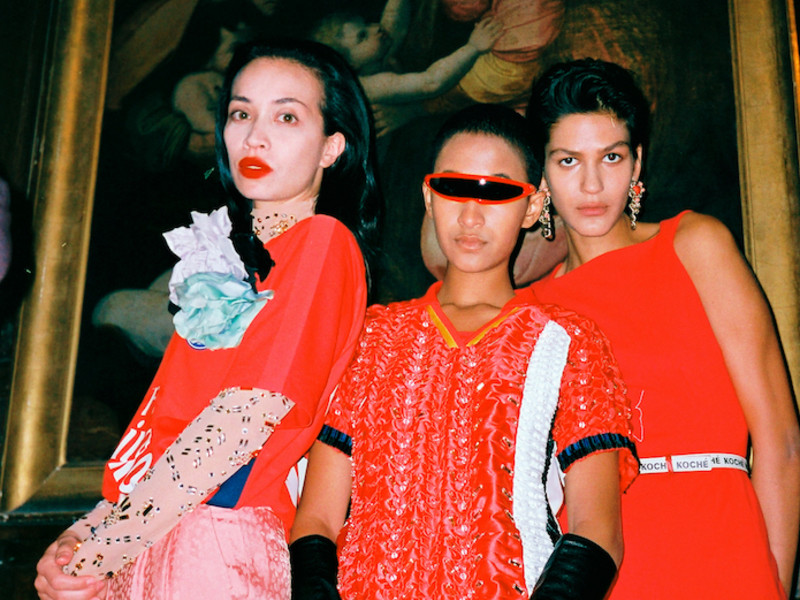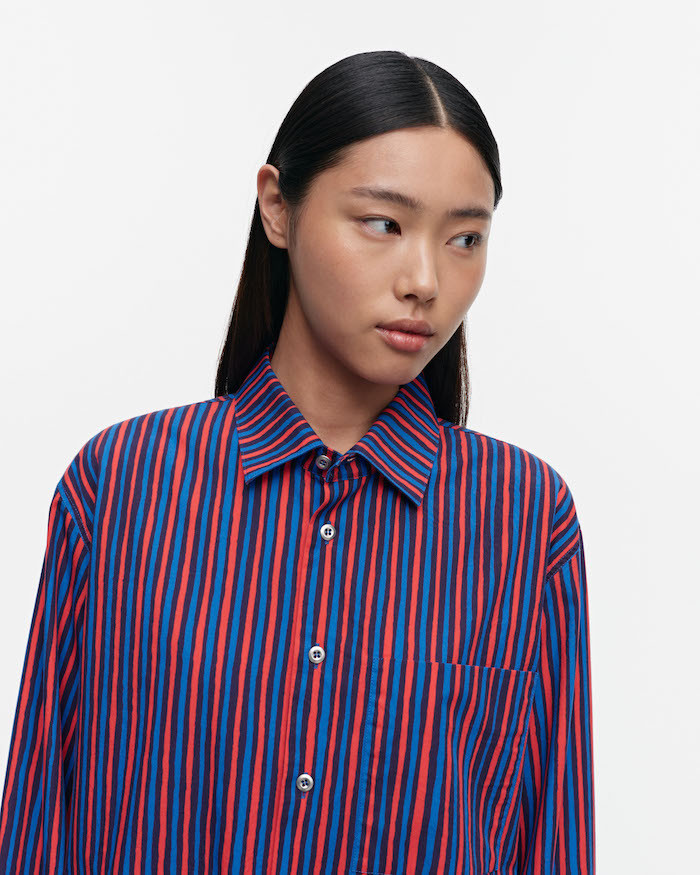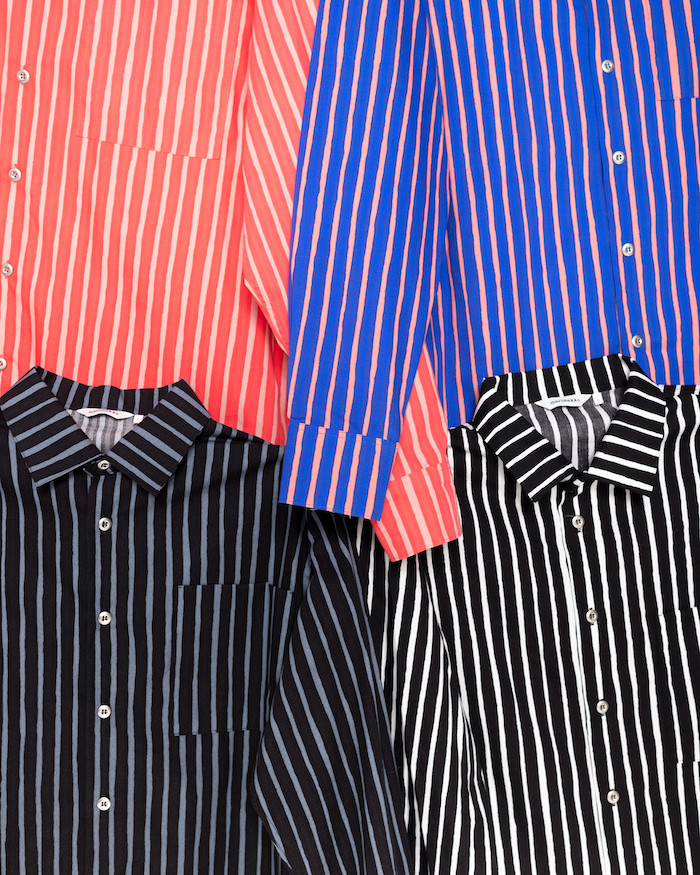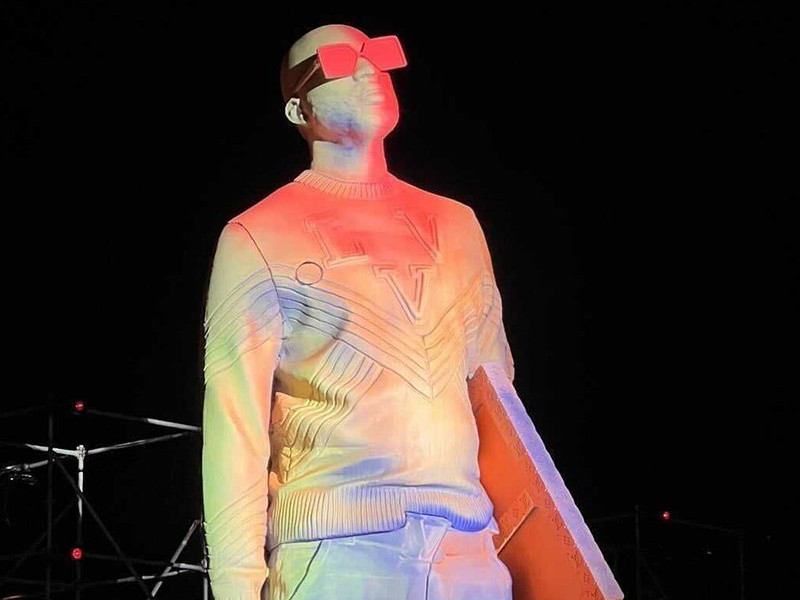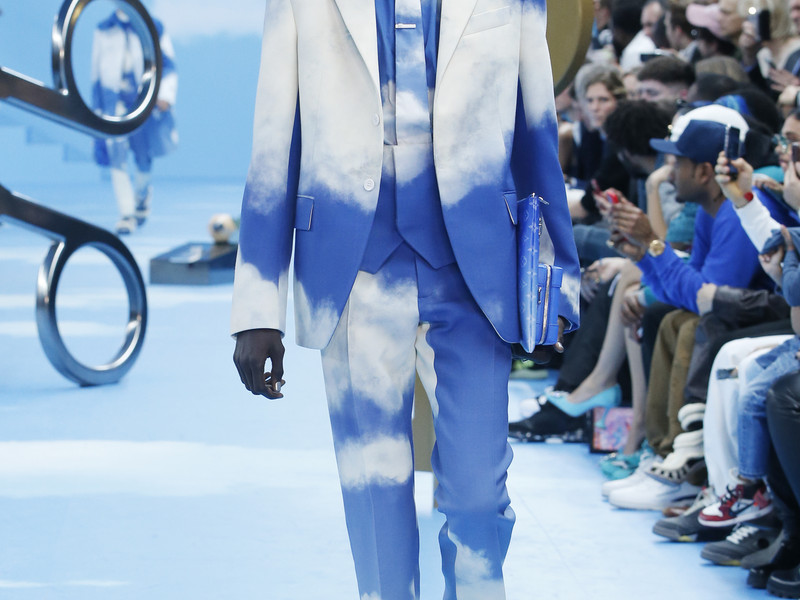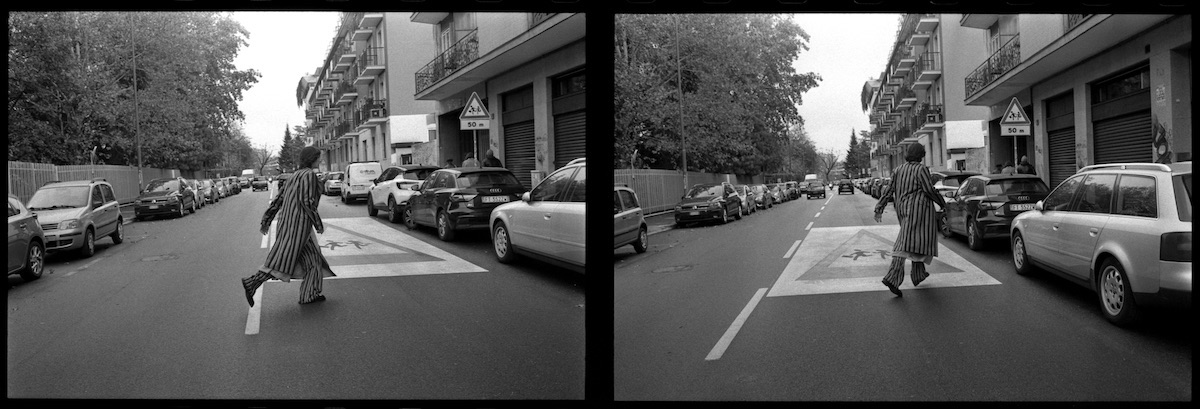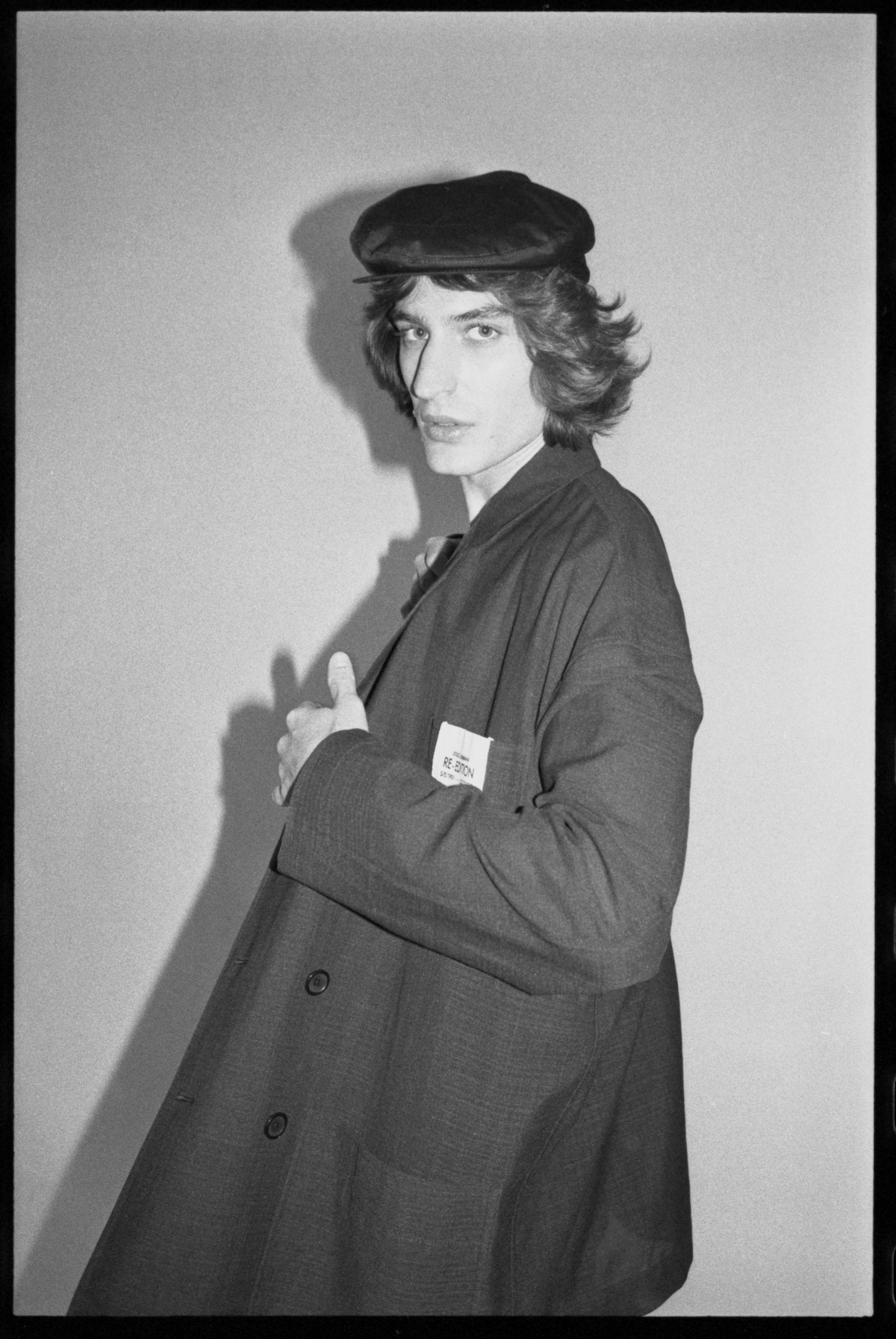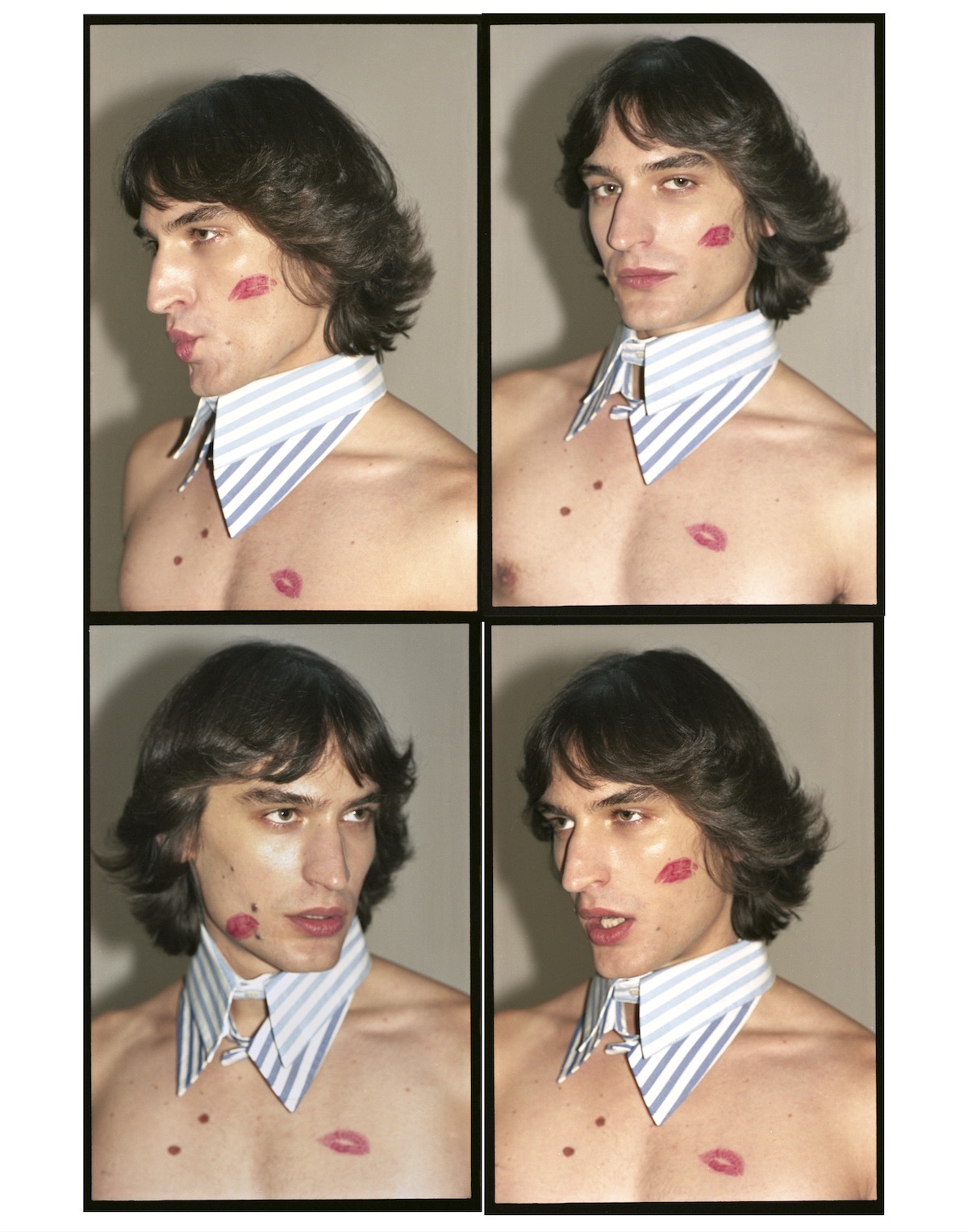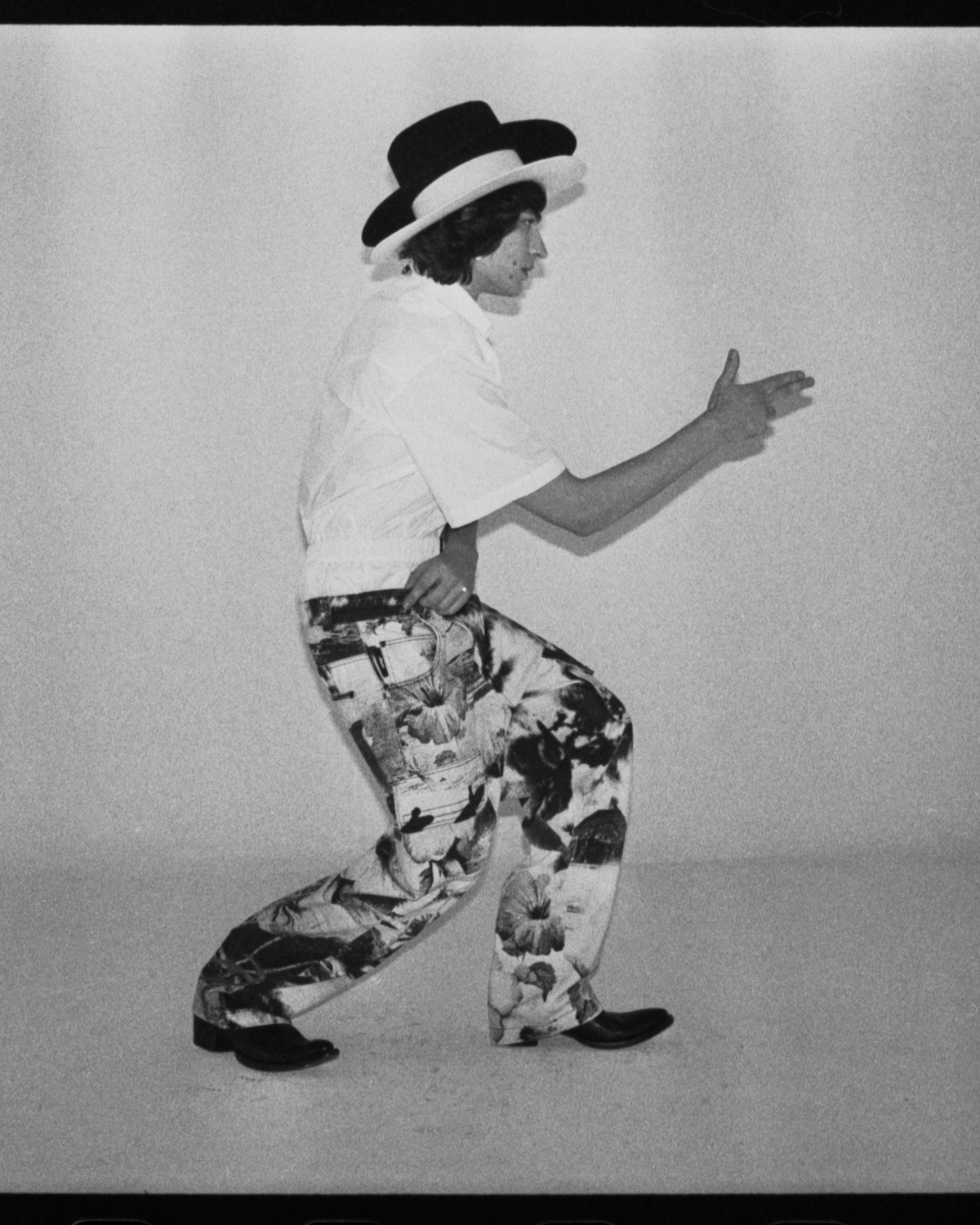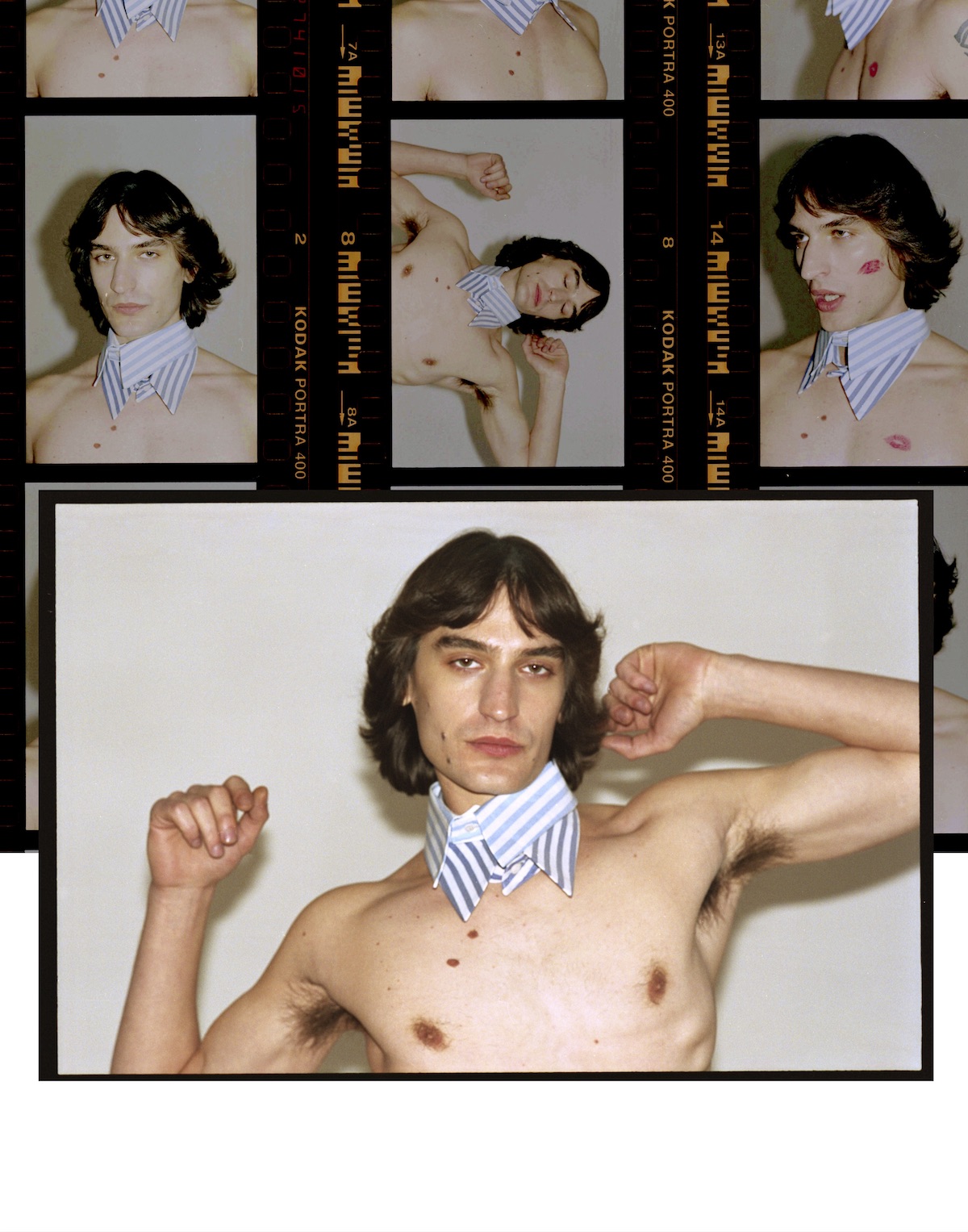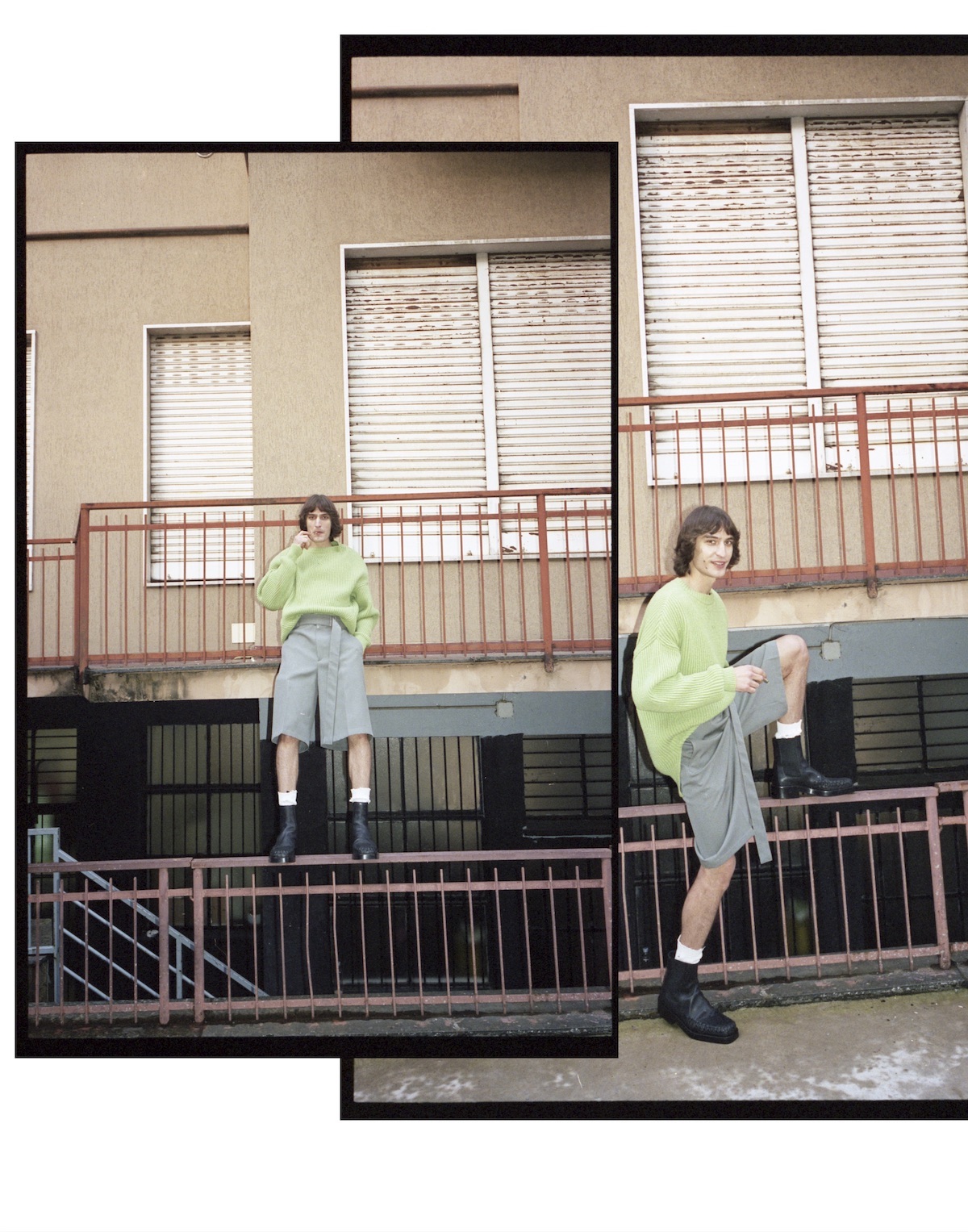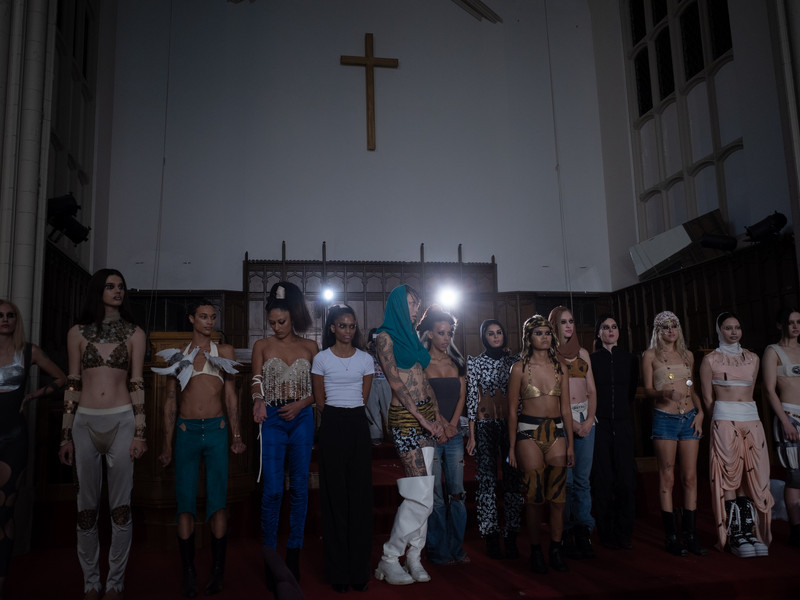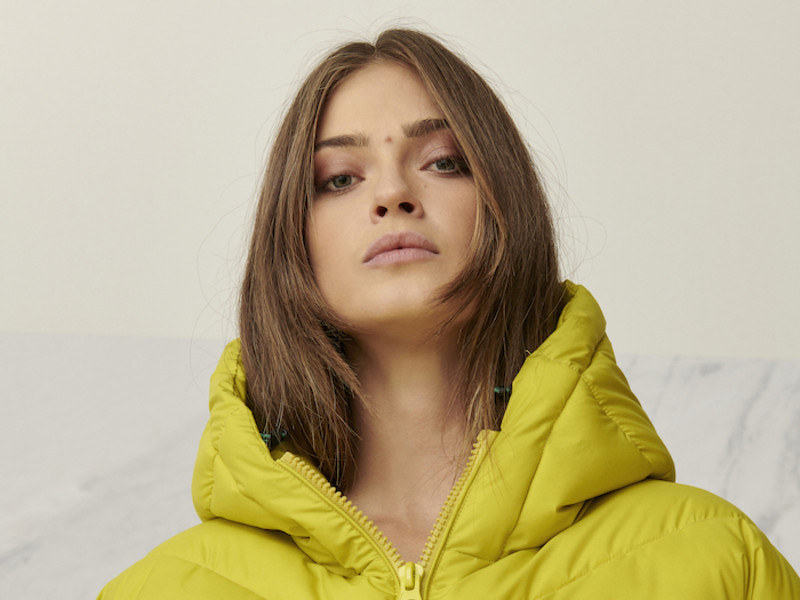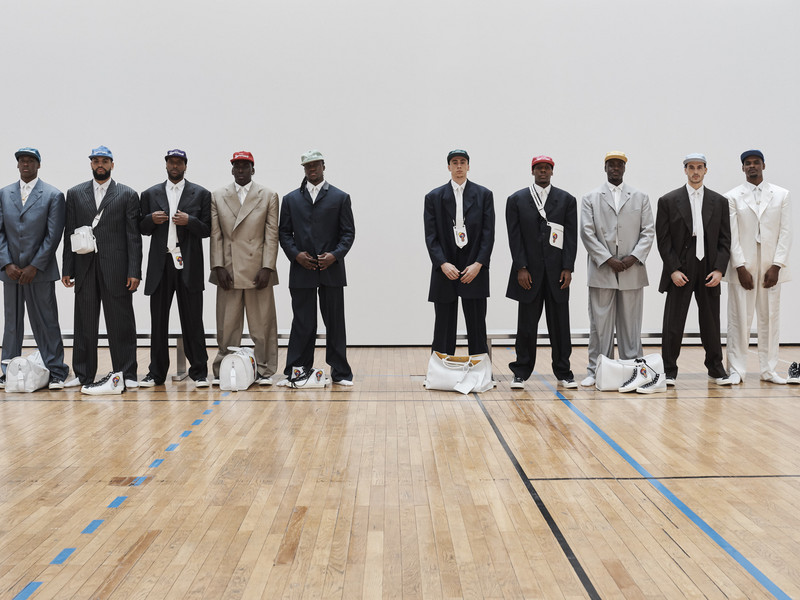In celebration of the staple piece, office sat down with Marimekko’s Design Director, Emmakaisa Kirves, to discuss the legacy of the garment that has enthralled generation after generation.
Marimekko’s first classic style was originally designed by Vuokko Eskolin-Nurmesniemi in 1956. What were Eskolin’s original inspirations for this timeless design?
Kirves — As a Fin, we know her well and she really was a revolutionary designer at the time. Because if we think about the fifties, it was very much about feminine silhouettes and concentrating the baseline of womenswear on dresses. And then we have Eskolin who brought shirts that were also used by women as dresses that were looser — you could run around in them and feel free. I think she brought something new for women. But of course, the Jokapoika shirt itself was mainly for men. Though as time has gone by, women have been starting to wear it. But I find it very revolutionary how Eskolin took a simple approach to both prints and silhouettes.
The Jokapoika shirt has also been sold for the longest period in the brand's history and it cemented the status of the piece as a garment that is truly representative of the spirit of Marimekko. In your opinion, what qualities of the shirt have allowed the design to withstand the test of time?
I think we wouldn't have that in production every year if the print wasn't super clever. I don't even know if everyone realizes it, but the print consists of one stripe that overlaps. So it's the one stripe with two different colors and then when you see it overlap, it might create a third color. So I think it's both about the shirt, which is of course very iconic, but also its unique intricacies, like the metal buttons. Those elements combined with the print encapsulate the Marimekko essence. It's simple, but it's not just straight lines. So there is the hand-drawn aspect, then the use of color which comes in options of very colorful or more neutral, so you get very different aesthetics that the shirt can be paired with. I think it's the combination of all of these elements.
I think many of Marimekko's other pieces are instilled with this sense of longevity and it goes hand in hand with another core tenet of the brand, which is sustainable design. I think that timelessness and longevity speak to that concept very well. What environmentally-considerate elements of this particular garment can you speak to?
The design itself is something that is relevant in every decade, which calls to the longevity you mentioned. That is the core. It's timeless in the sense that it's not too trendy. The Marimekko method that we abide by is that we create something that is gonna be timeless and relevant not only now, but also after 10 or 20 years. We also haven't really tweaked the Jokapoika since its debut, really. The only thing that we have addressed is the durability of the garment. But the product itself hasn't changed. If we want to make it more durable, for example, we use different colorings — we might use botanical or natural colors. We are always looking for the best quality resources to employ.
That's really important because it opens up this conversation about valuation and I think, especially with this particular garment, it has this grand backstory. When I hear that a piece has a story, I value it more. I think that valuation is an important factor in people holding onto something and treasuring it for a long time or even passing it down to someone else. This type of quality production teaches people that there is more beyond what they see on the hanger.
That's exactly it. For example, when we realized that we had some extra stock and materials, we wanted to do this limited edition capsule with upcycled versions of the Jokapoika. They were sold very, very quickly, of course, because they were unique pieces. So that's something we want to do every now and then. Not in every collection, but we always try to find something new that we can do with the product or even with product runoff.
I know Marimekko has a large printing factory in Helsinki and there is such a wide array of prints that the label has coined. I find it so interesting how many prints the brand has created and how some of them build off of each other to create more contemporary ones. Why is it important for the brand to continue creating and adding to this encyclopedia of prints? And how does the brand consistently reapproach older prints to evolve them into newer ones?
I think we have probably over 3,500 prints in our archive and we are always adding some new ones with each collection. So we needed some system where we can see all the prints, which became Maripedia, but I think it's also about being transparent for the customers and giving everyone the joy of finding their favorite prints. And then if they want to go deeper and read about our history, they can do that too. We have become so synonymous with prints and colors. In the future, we want to set our designers up with amazing archives that they can reference.
